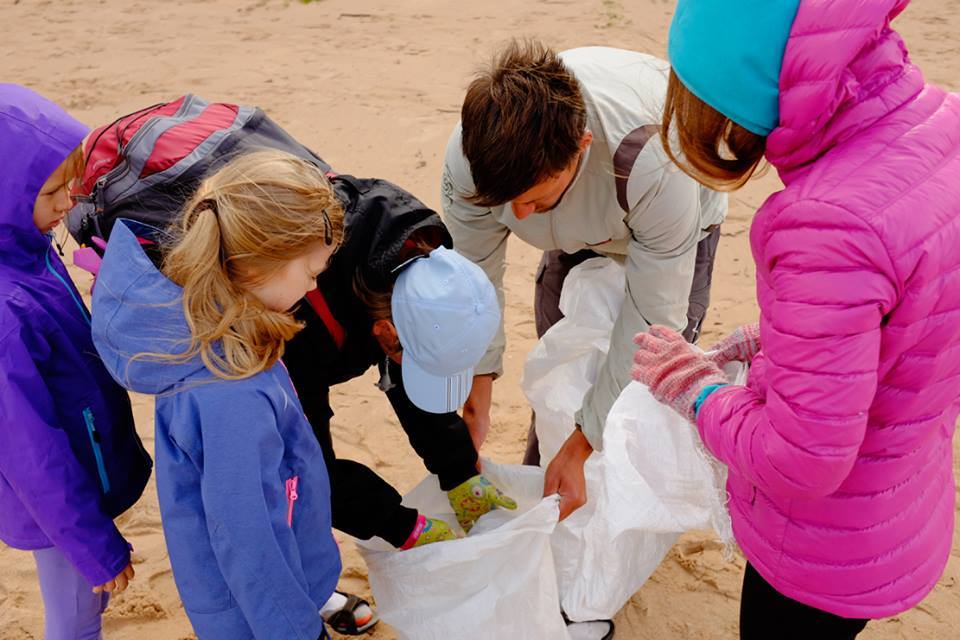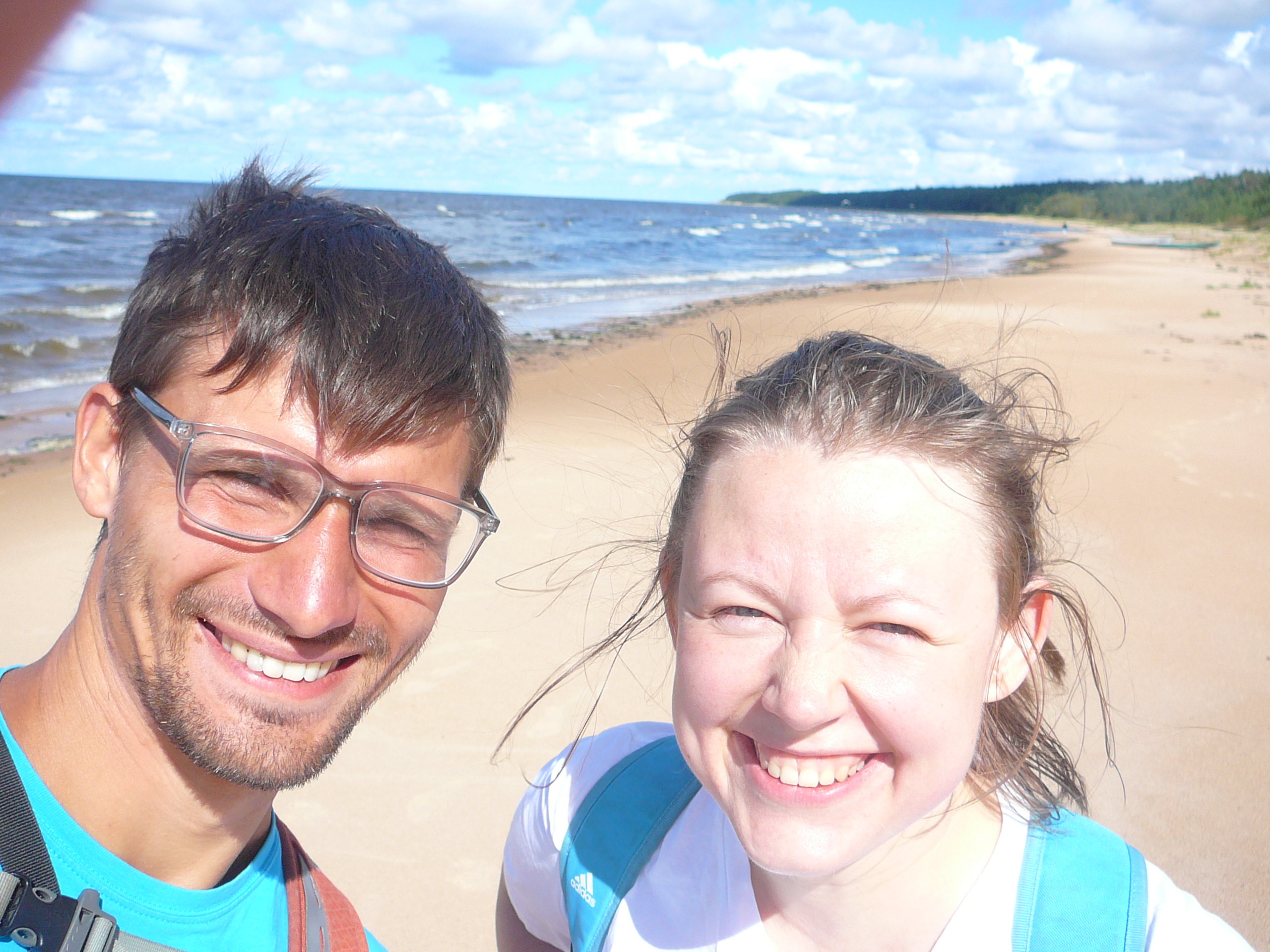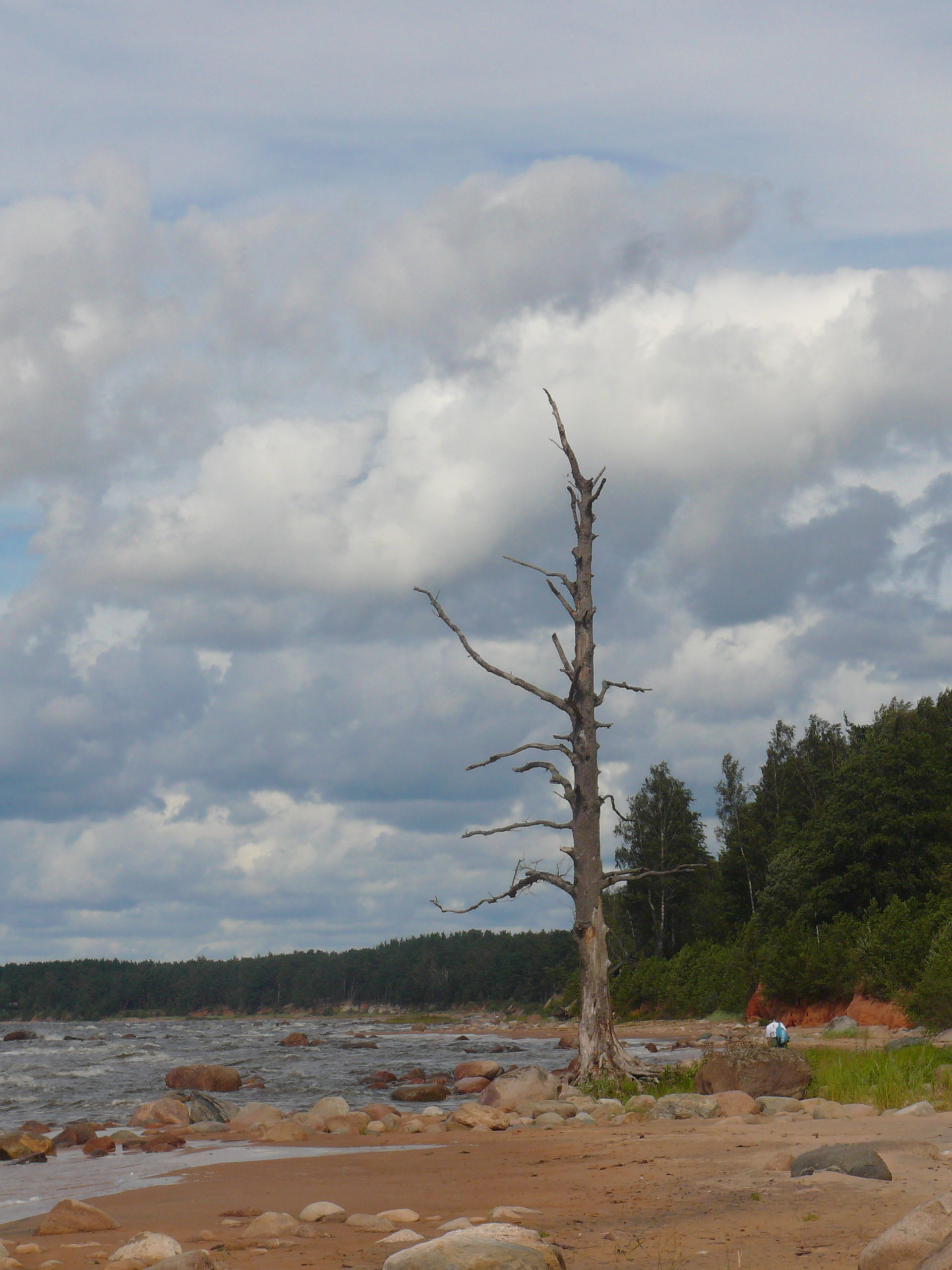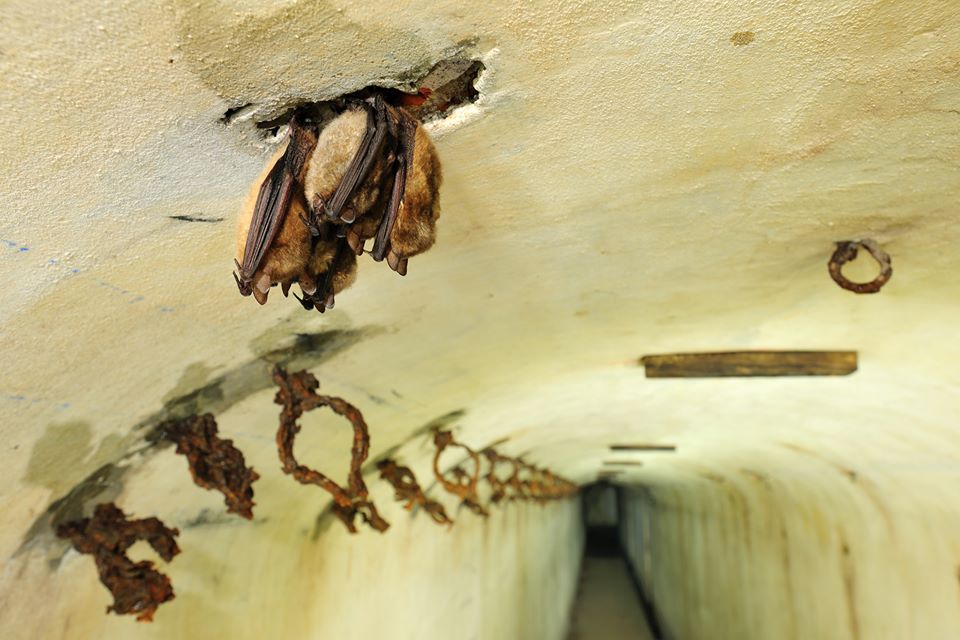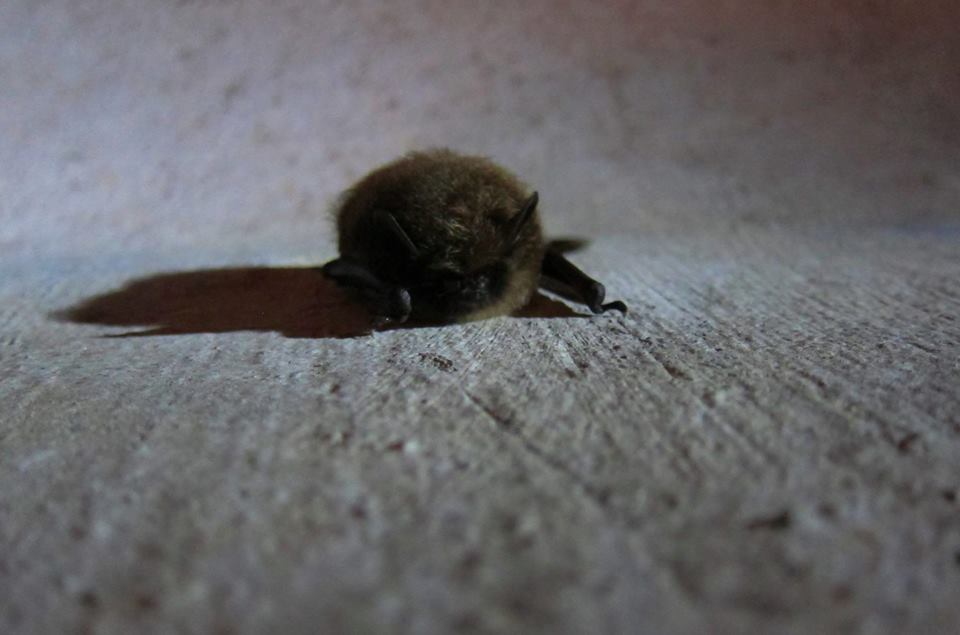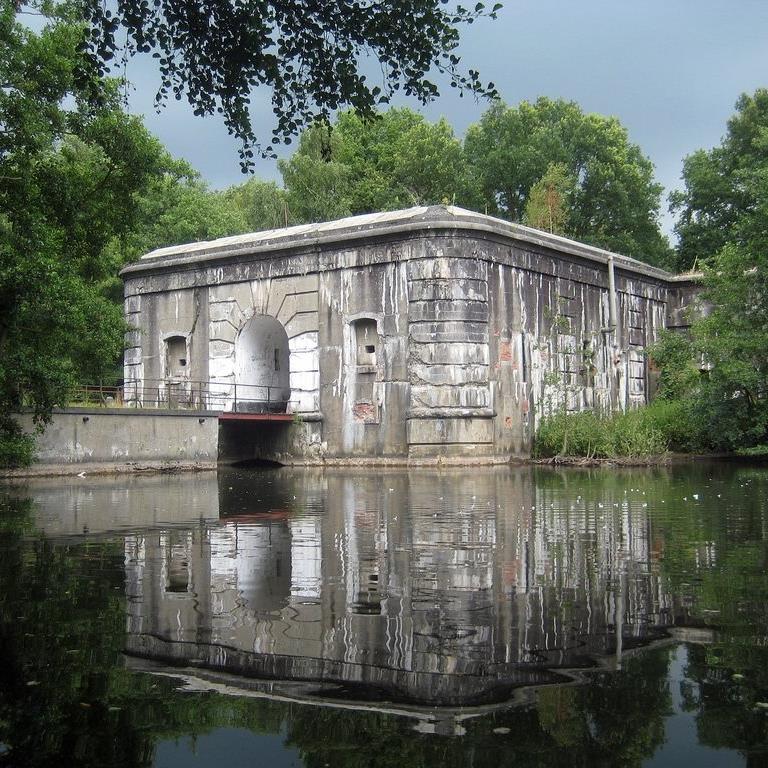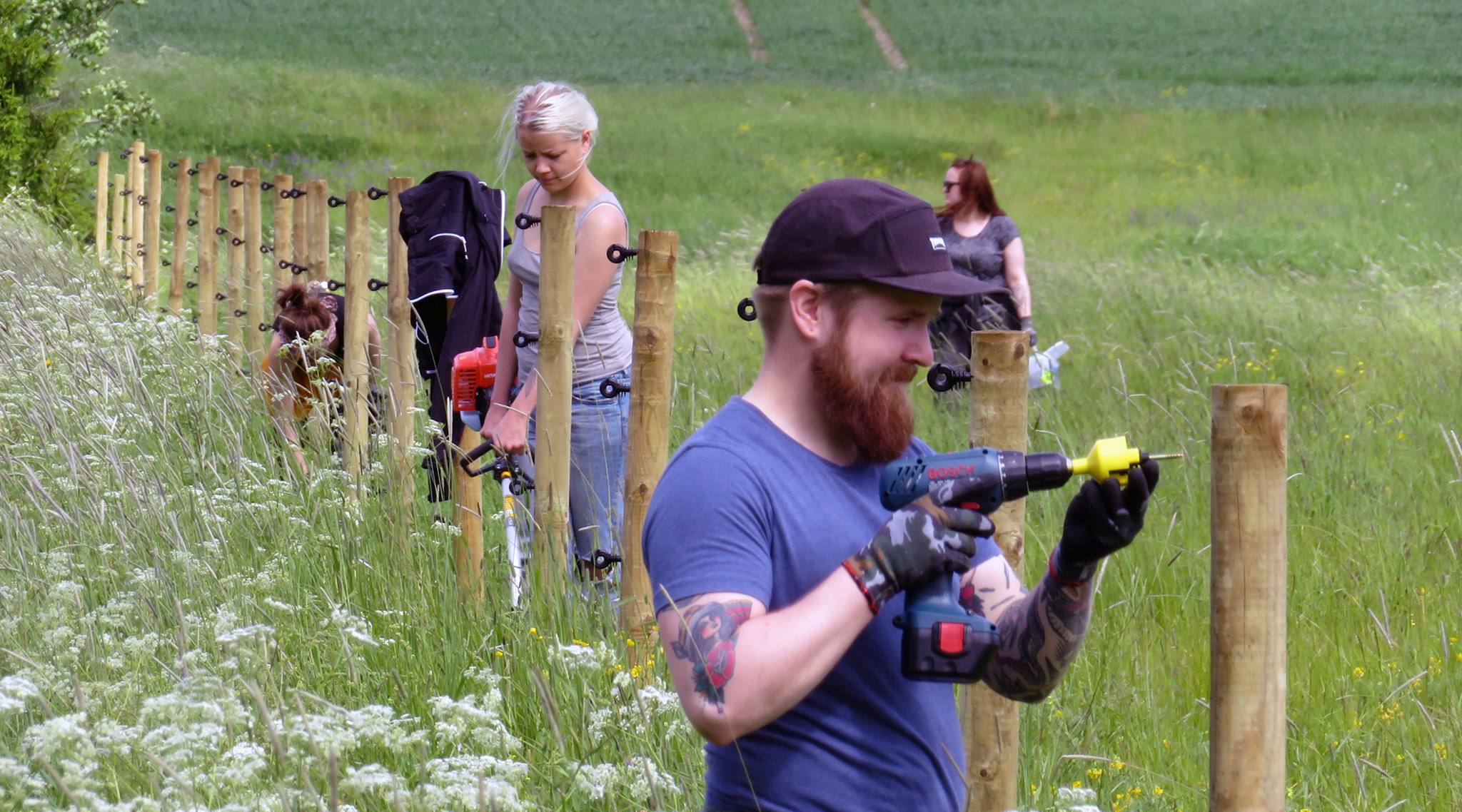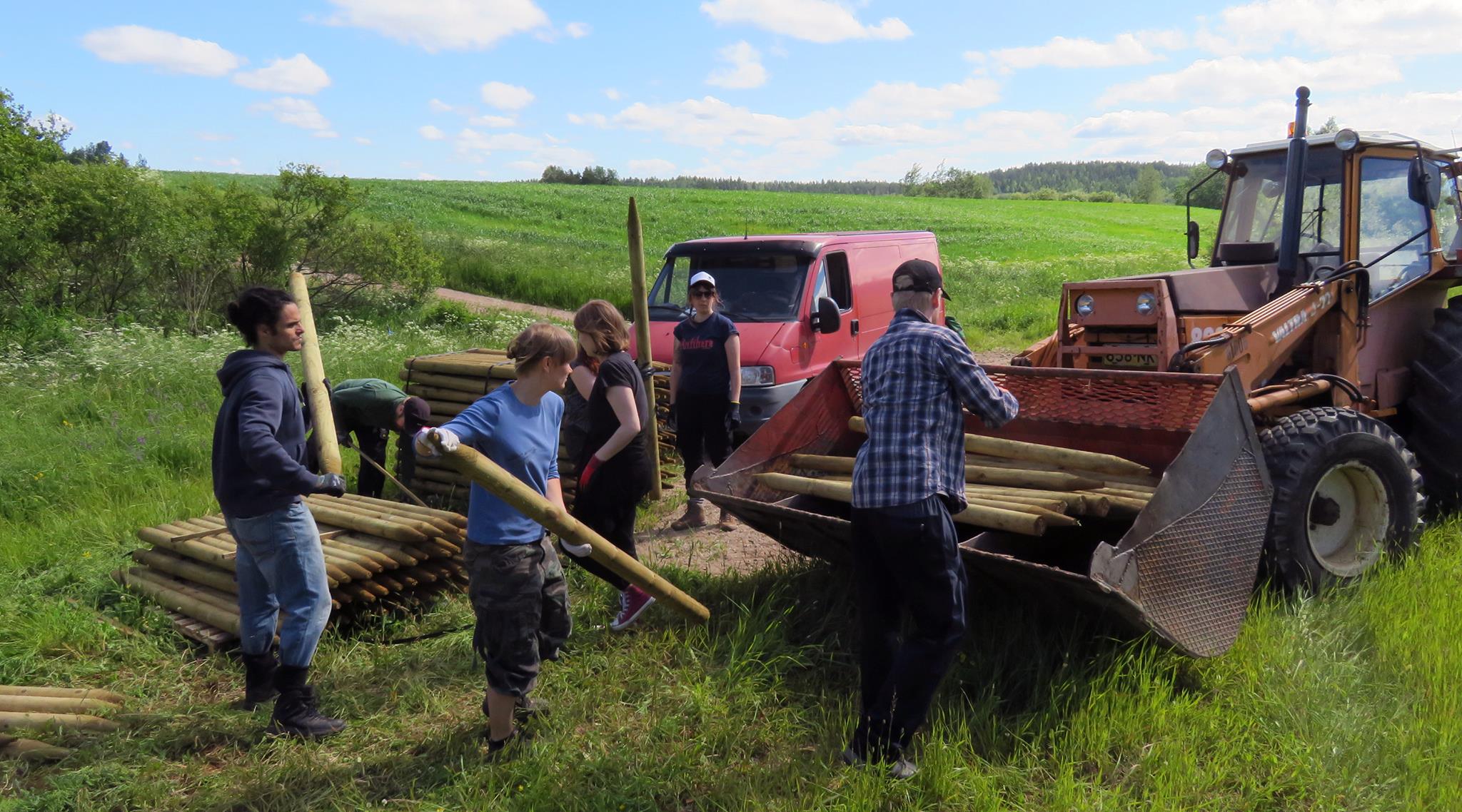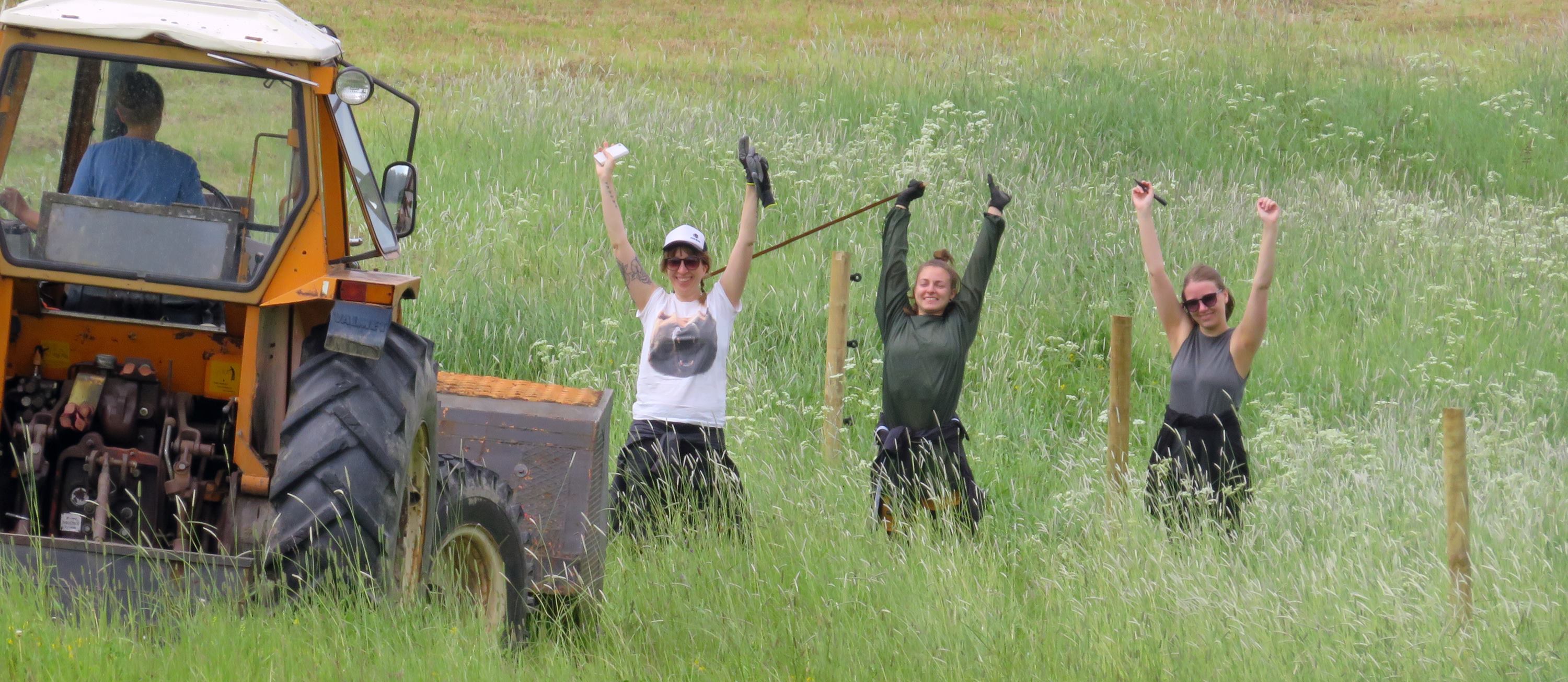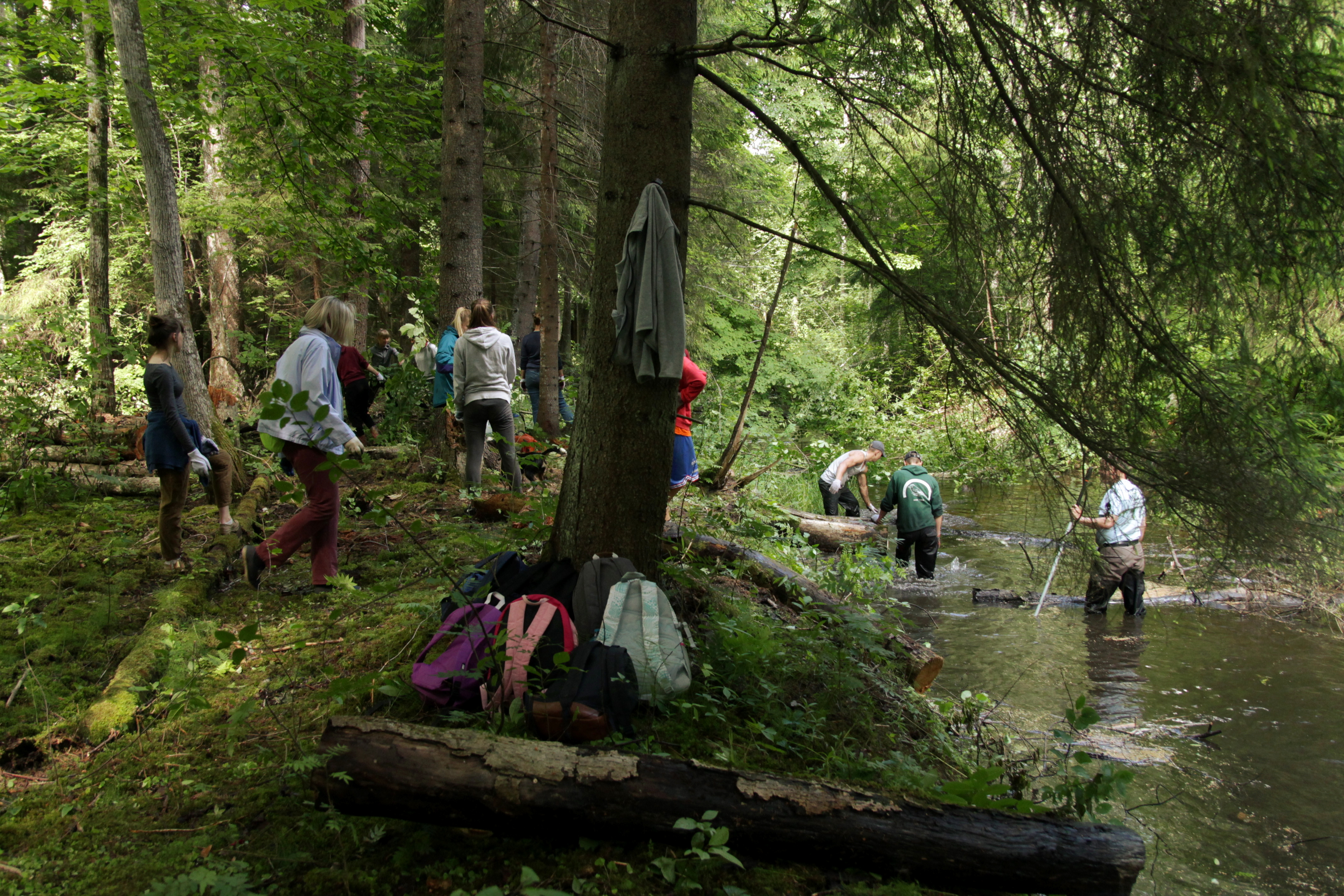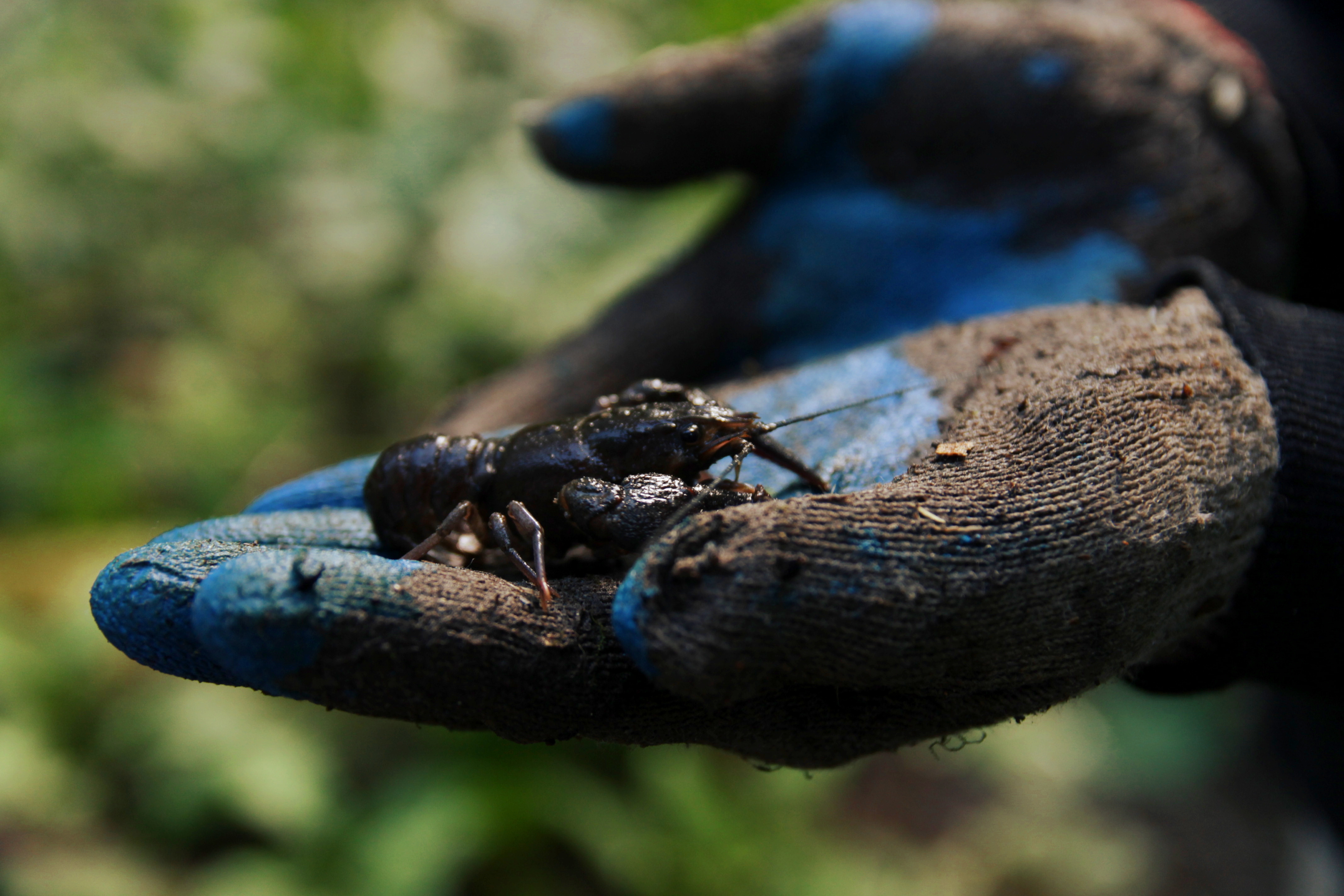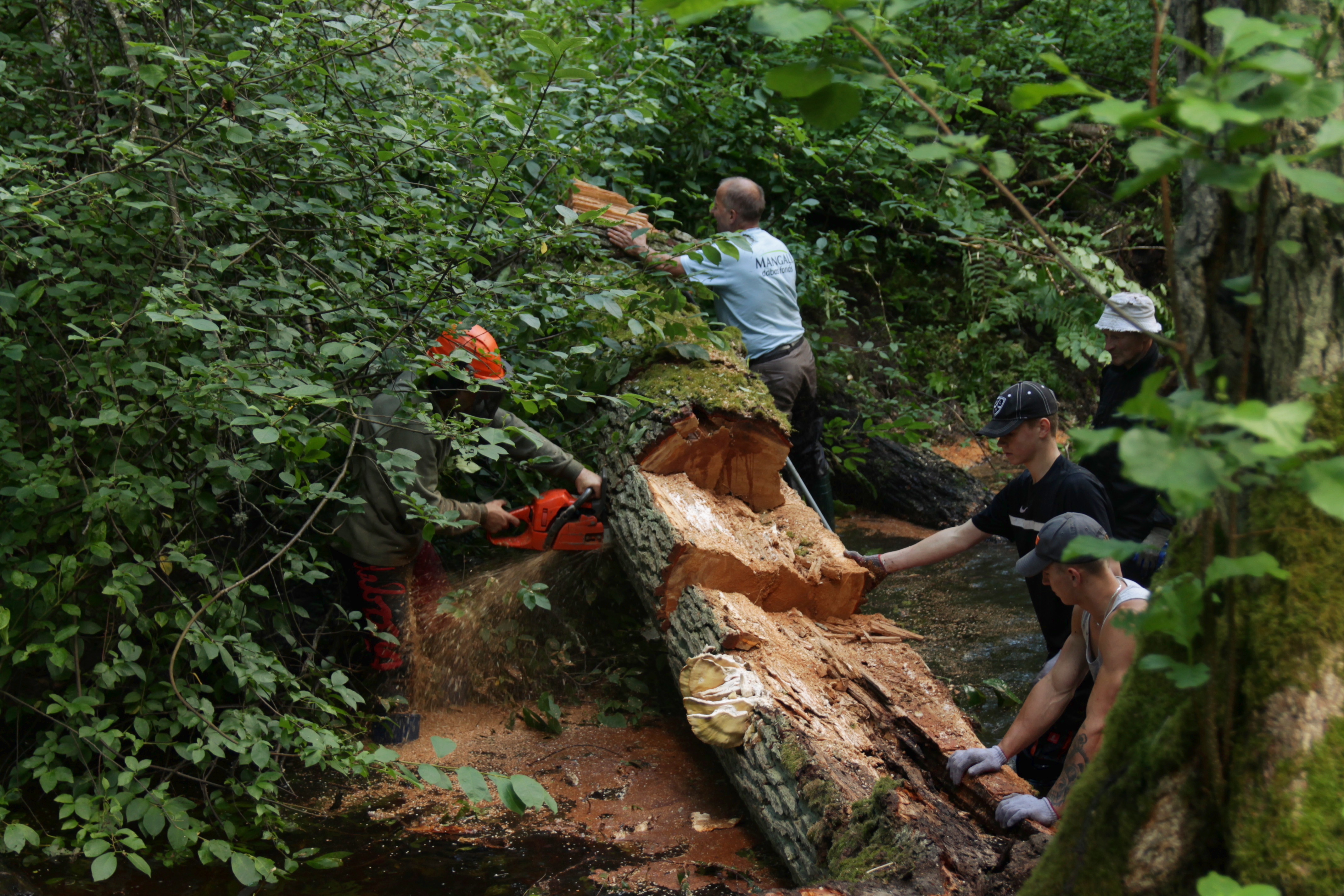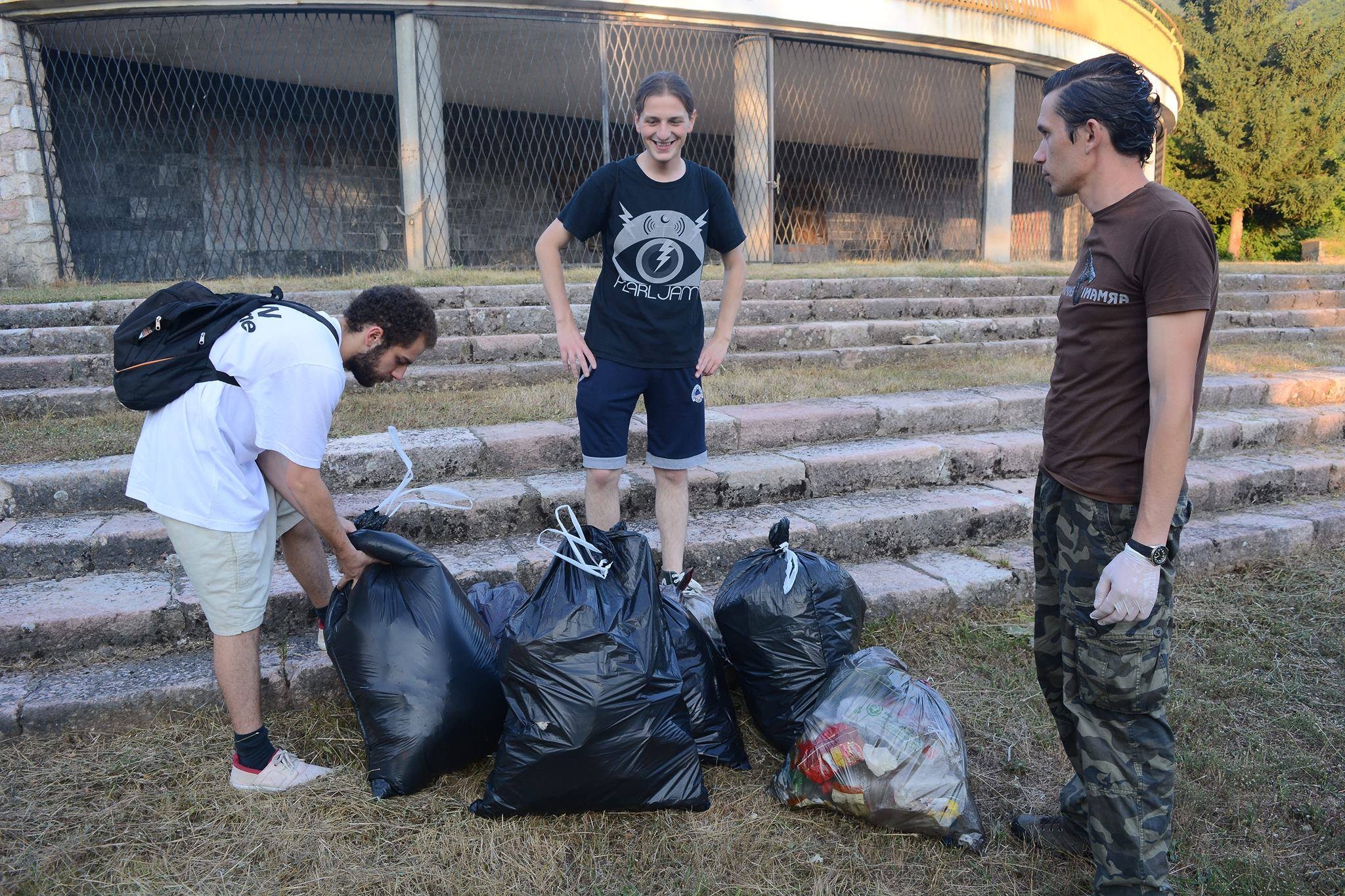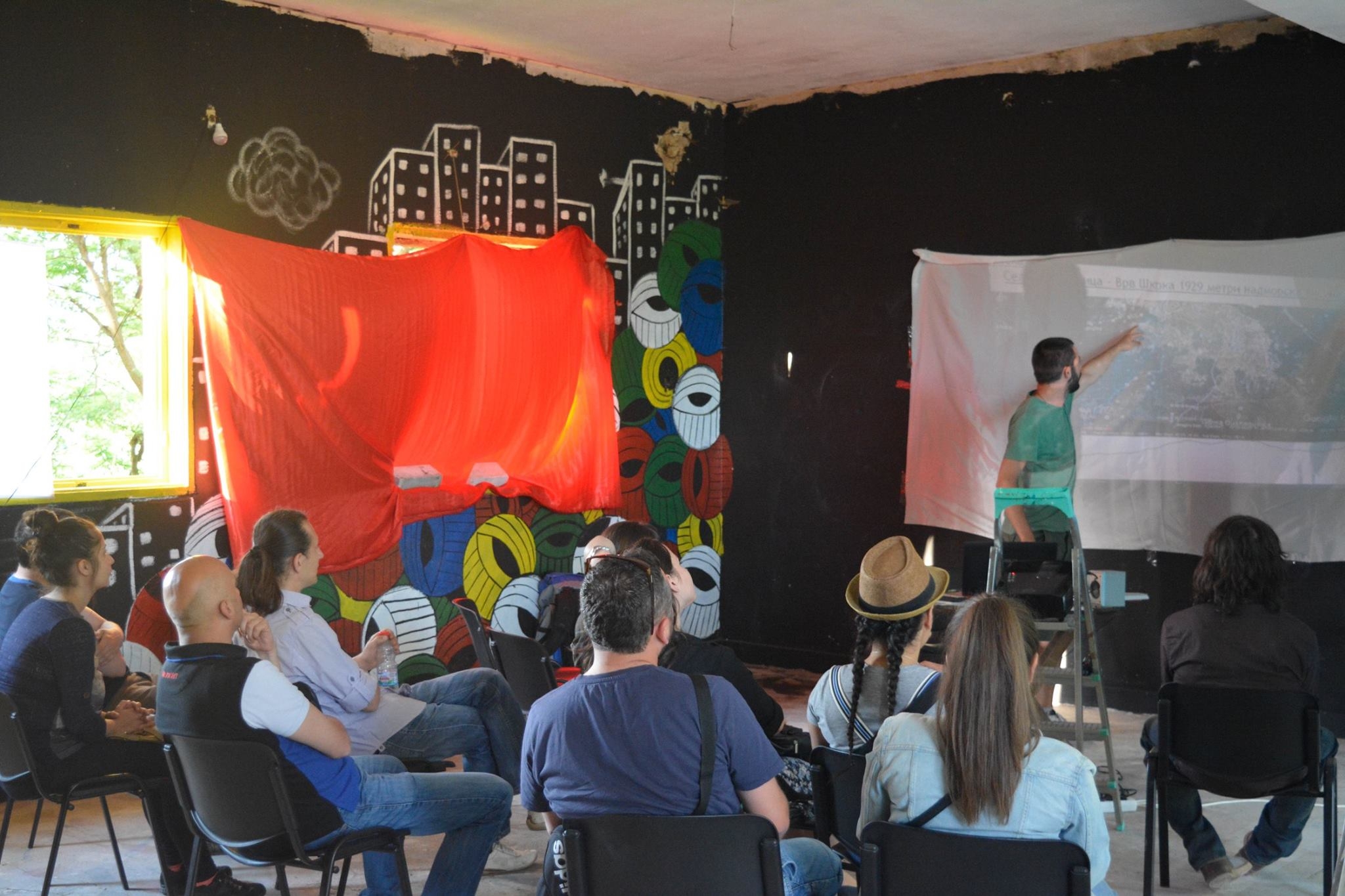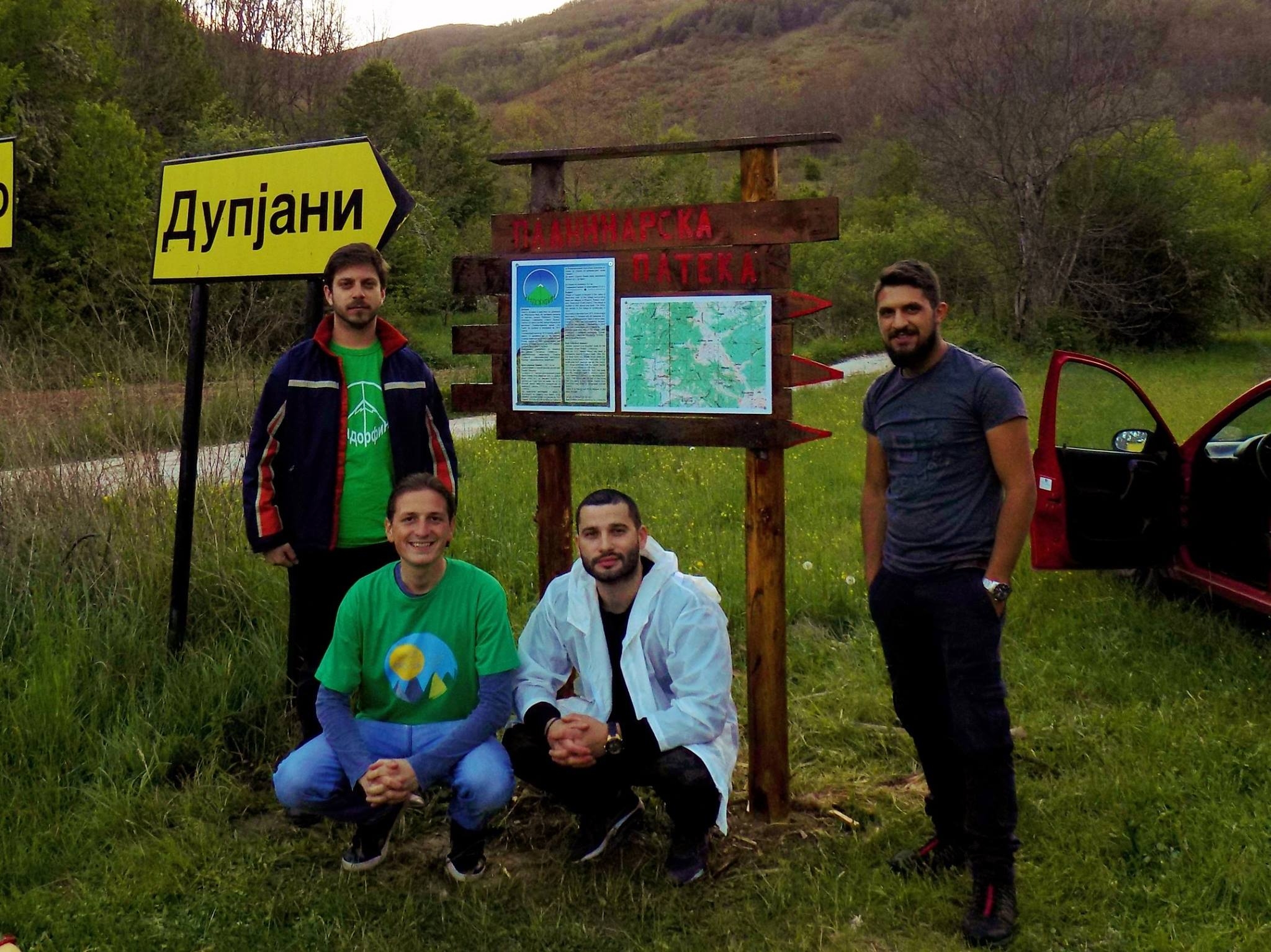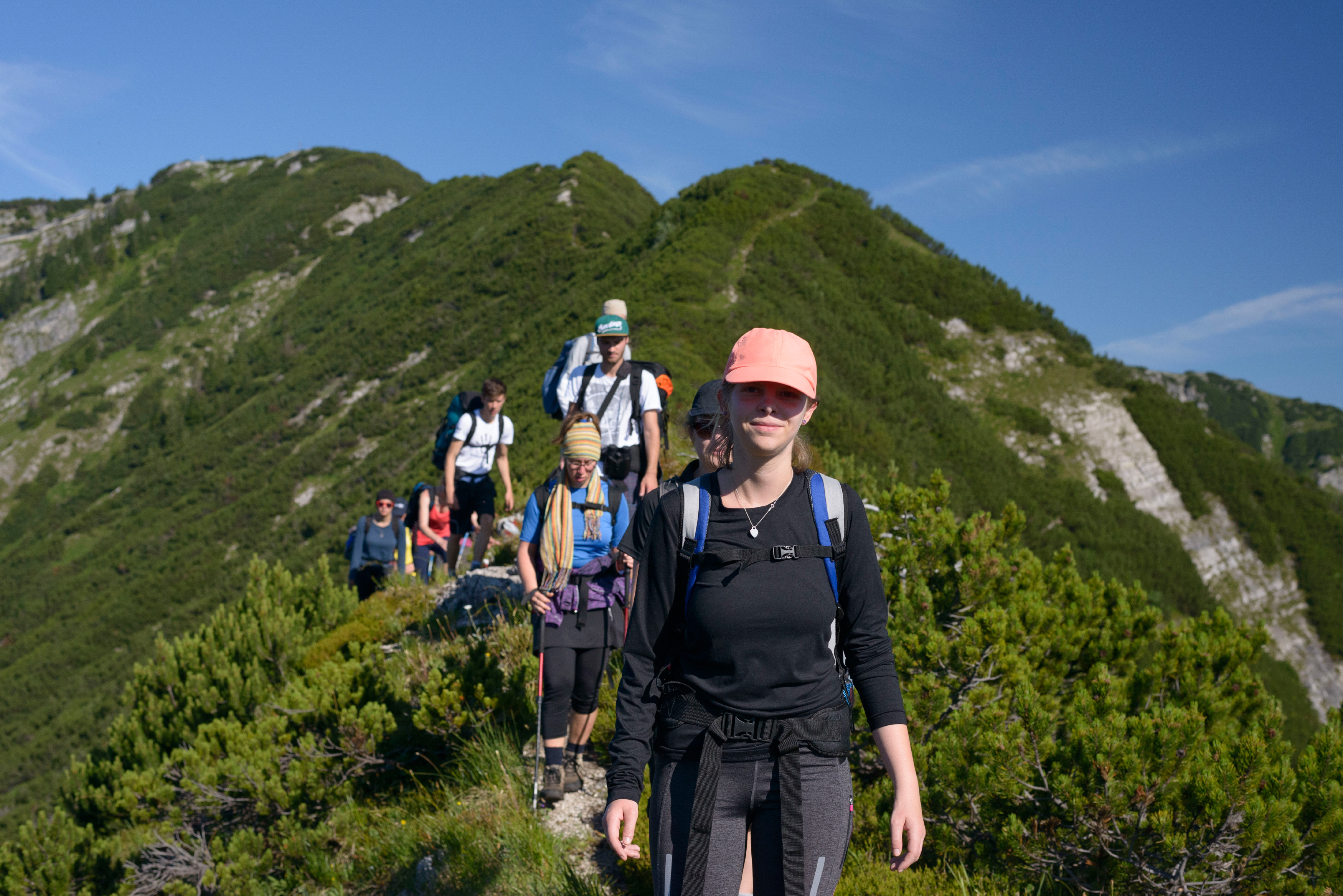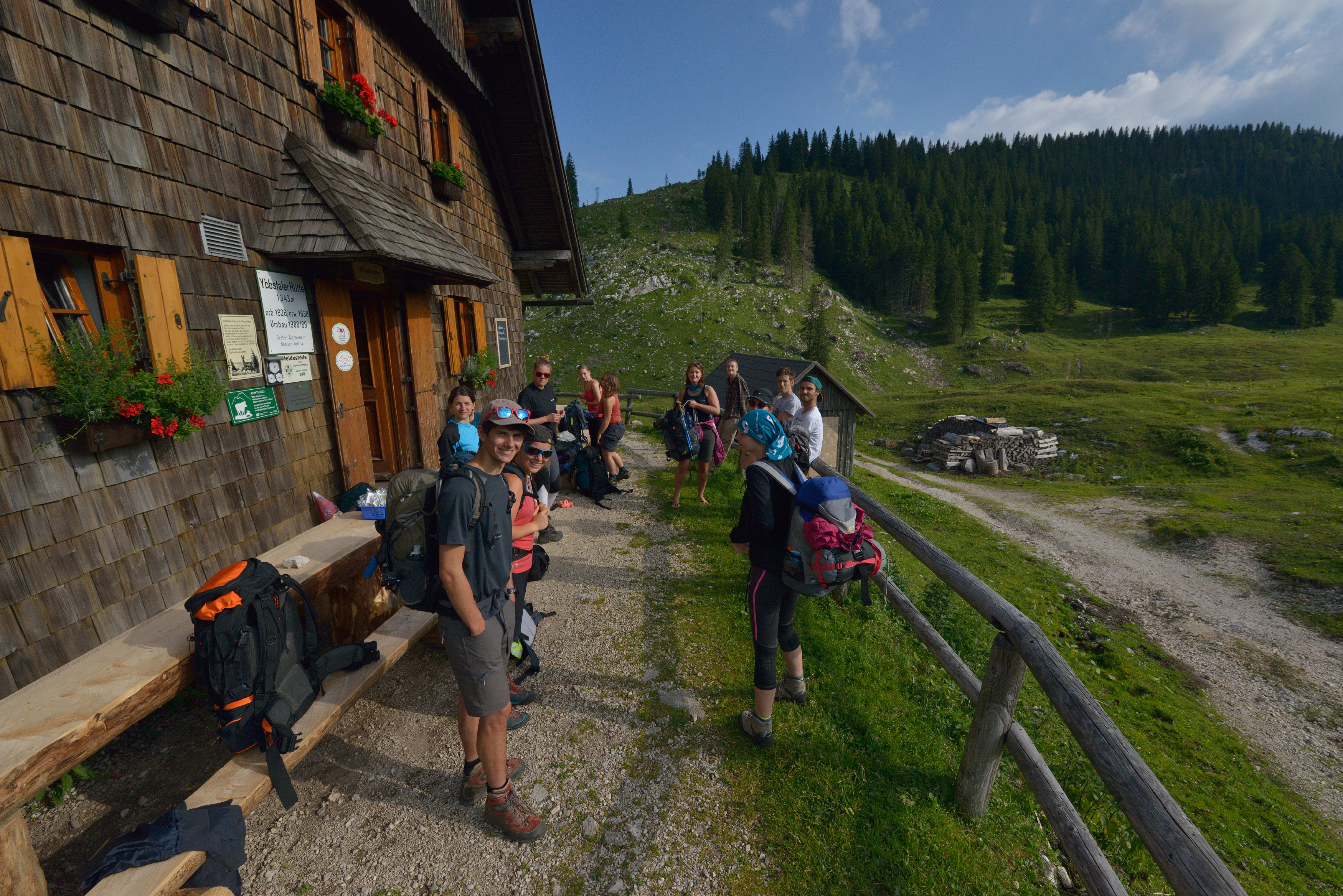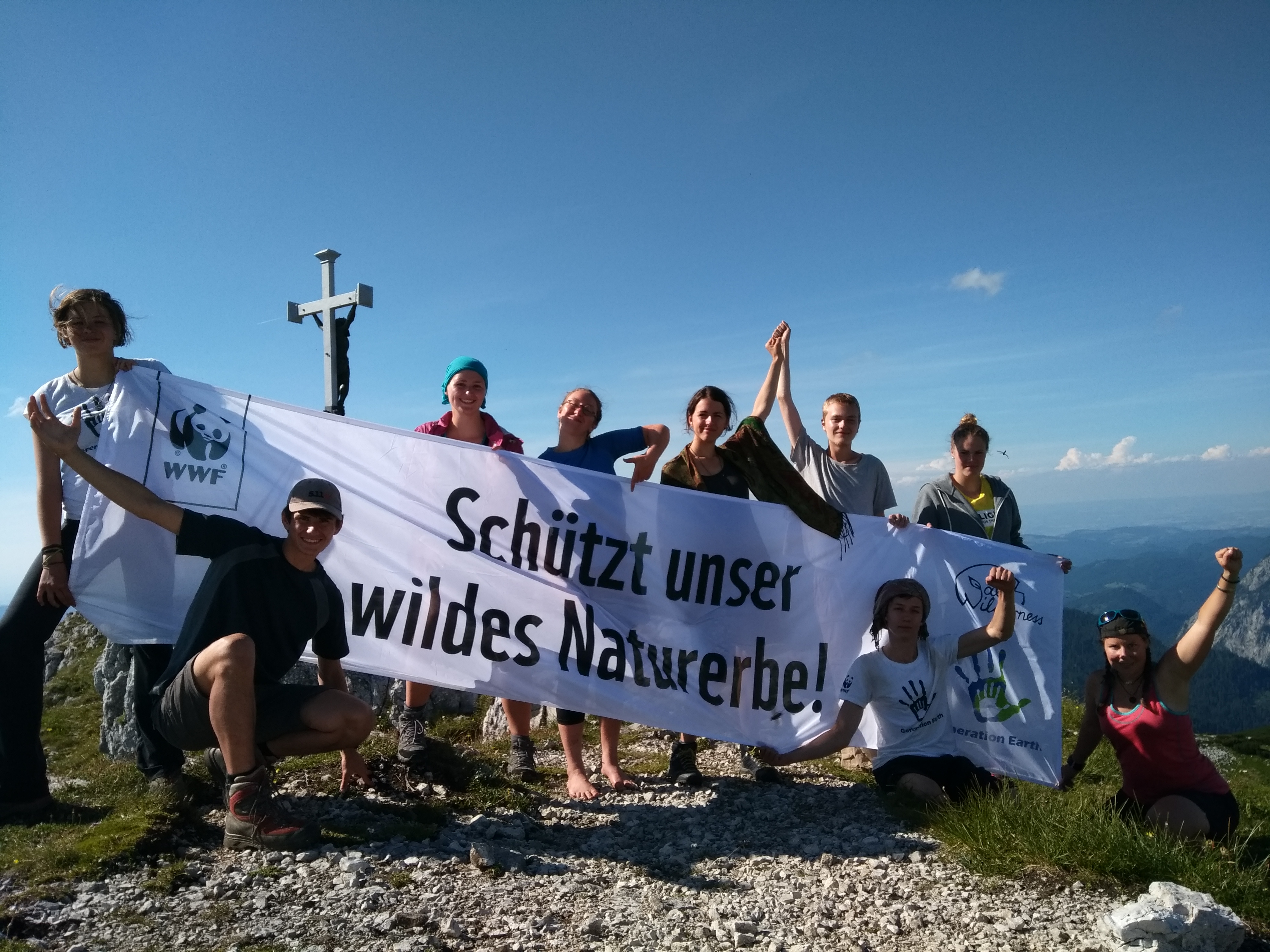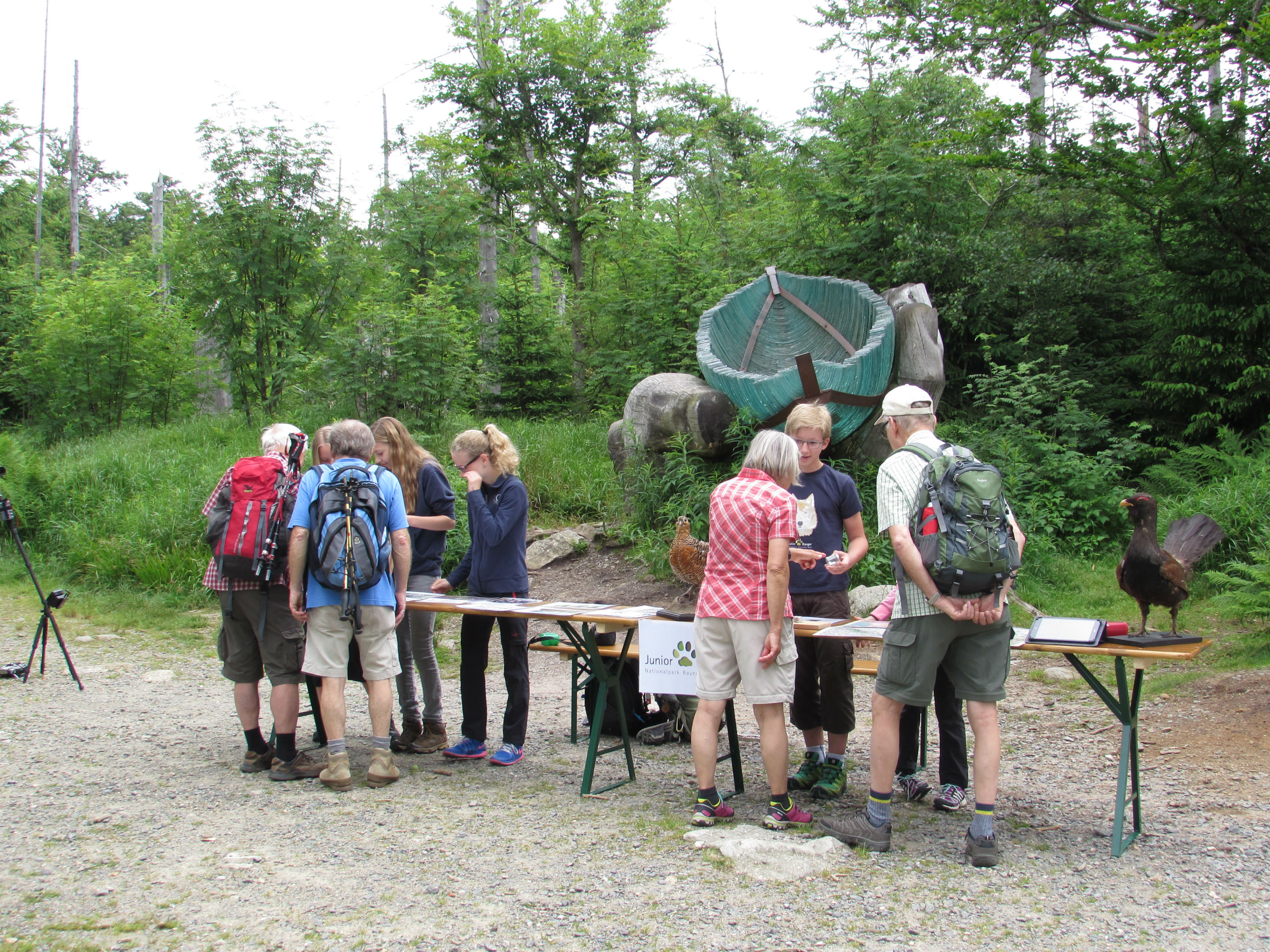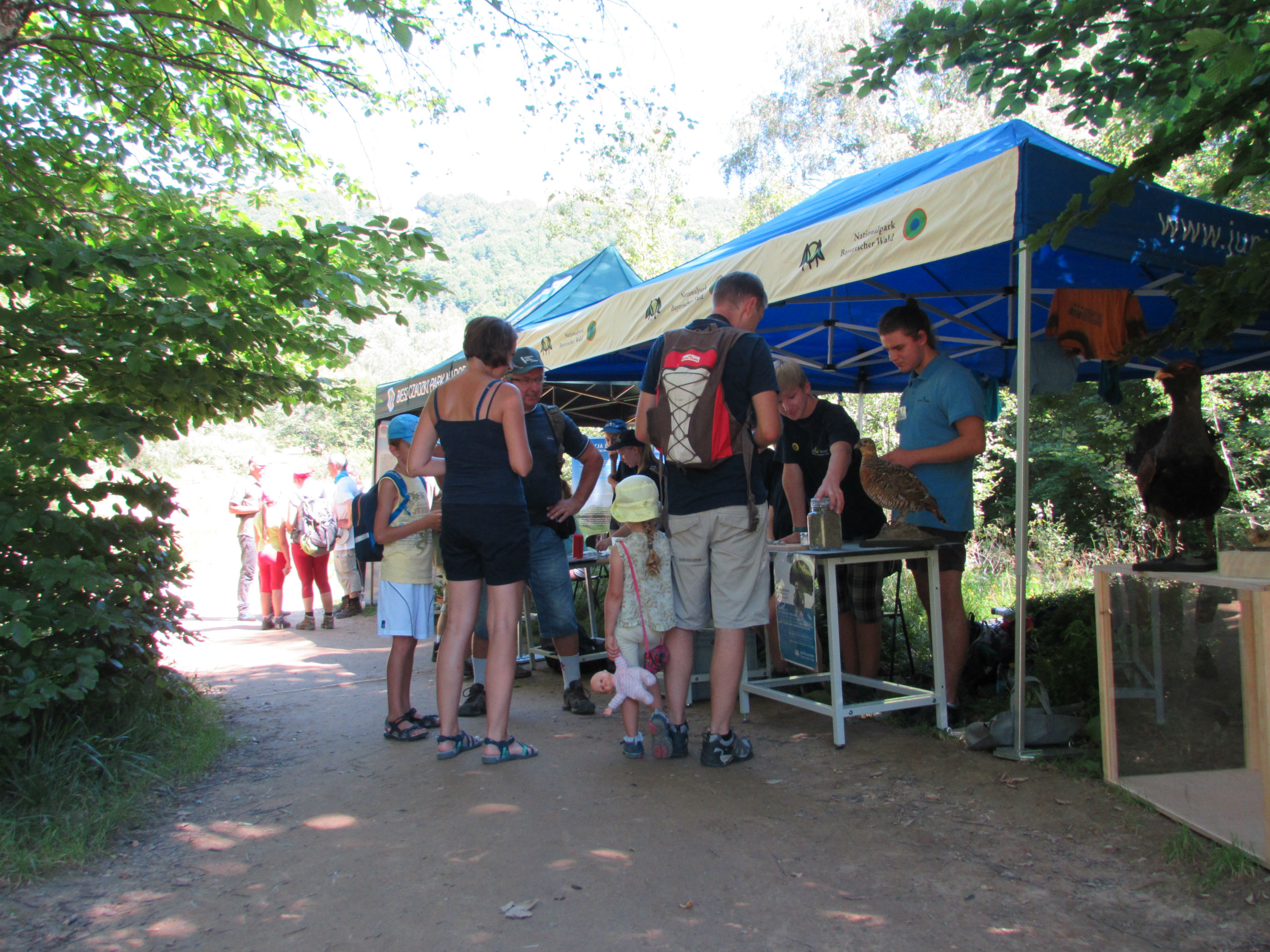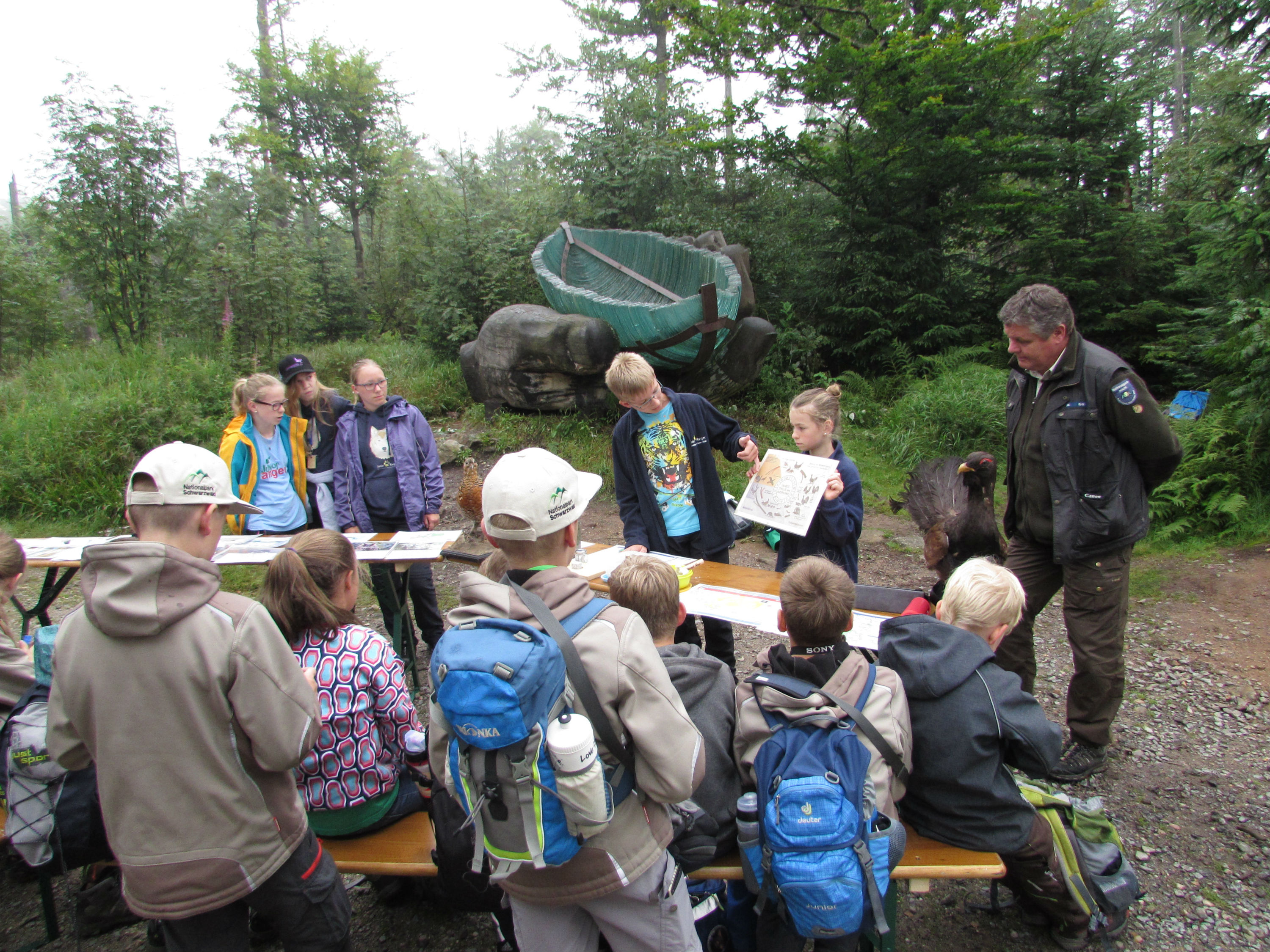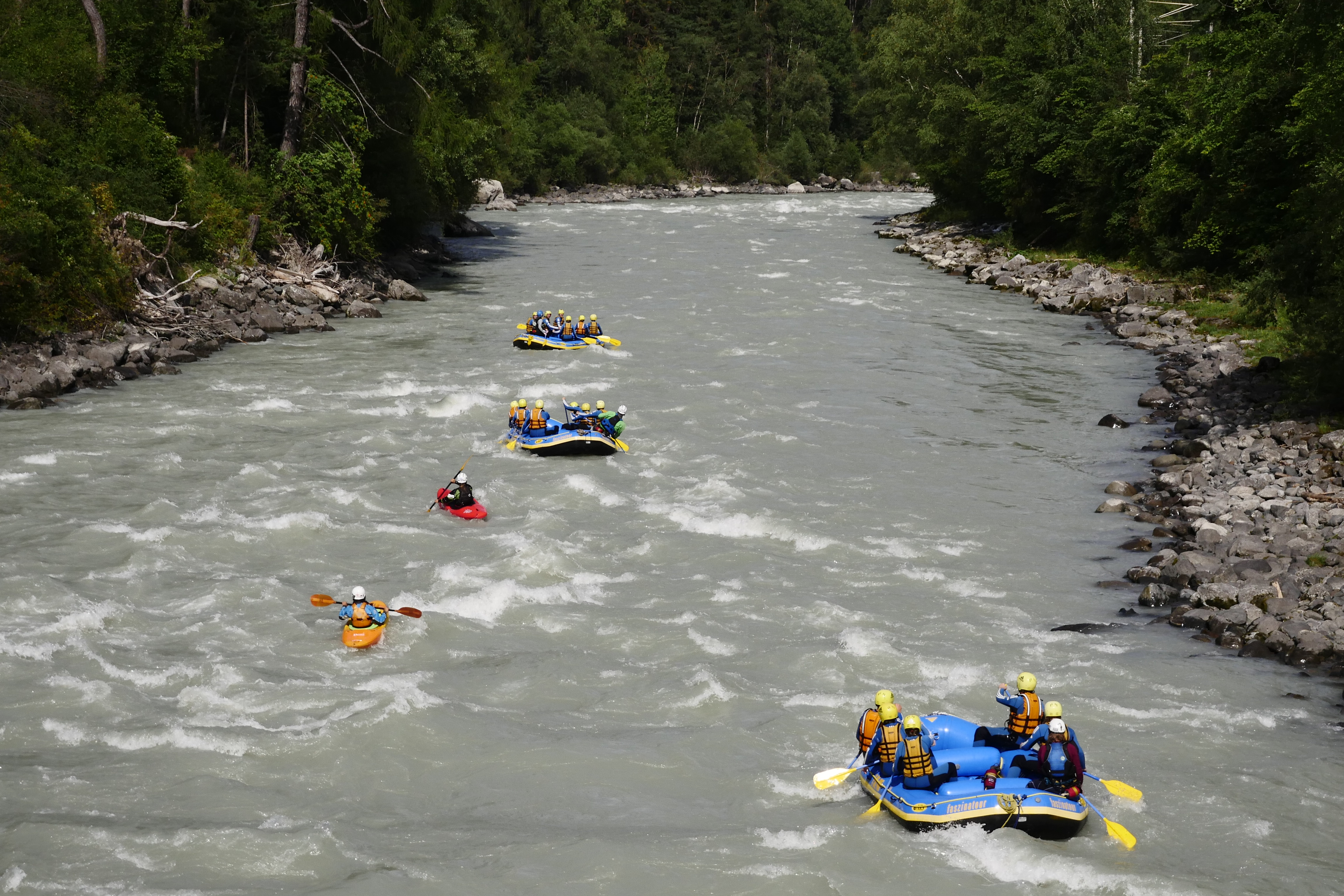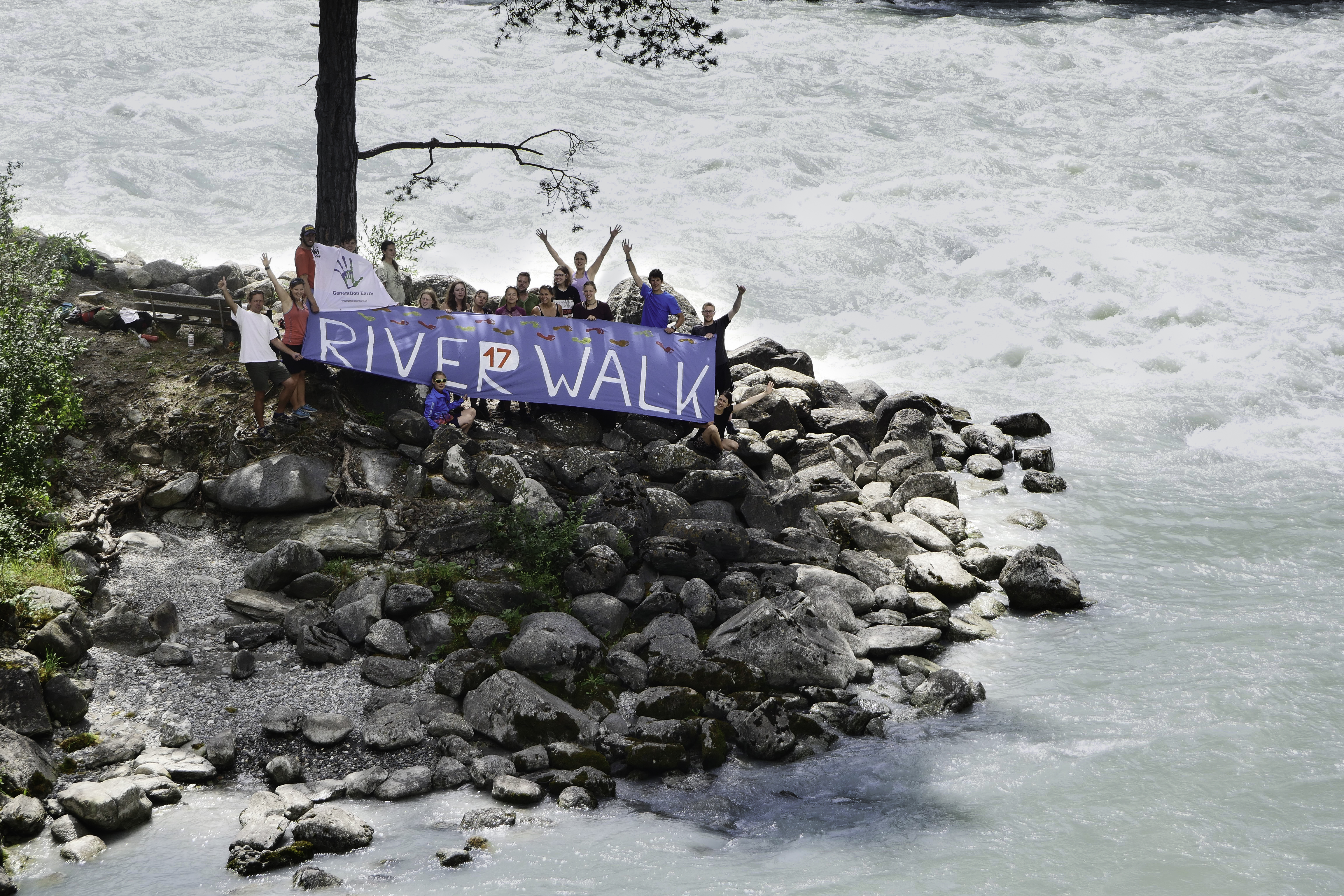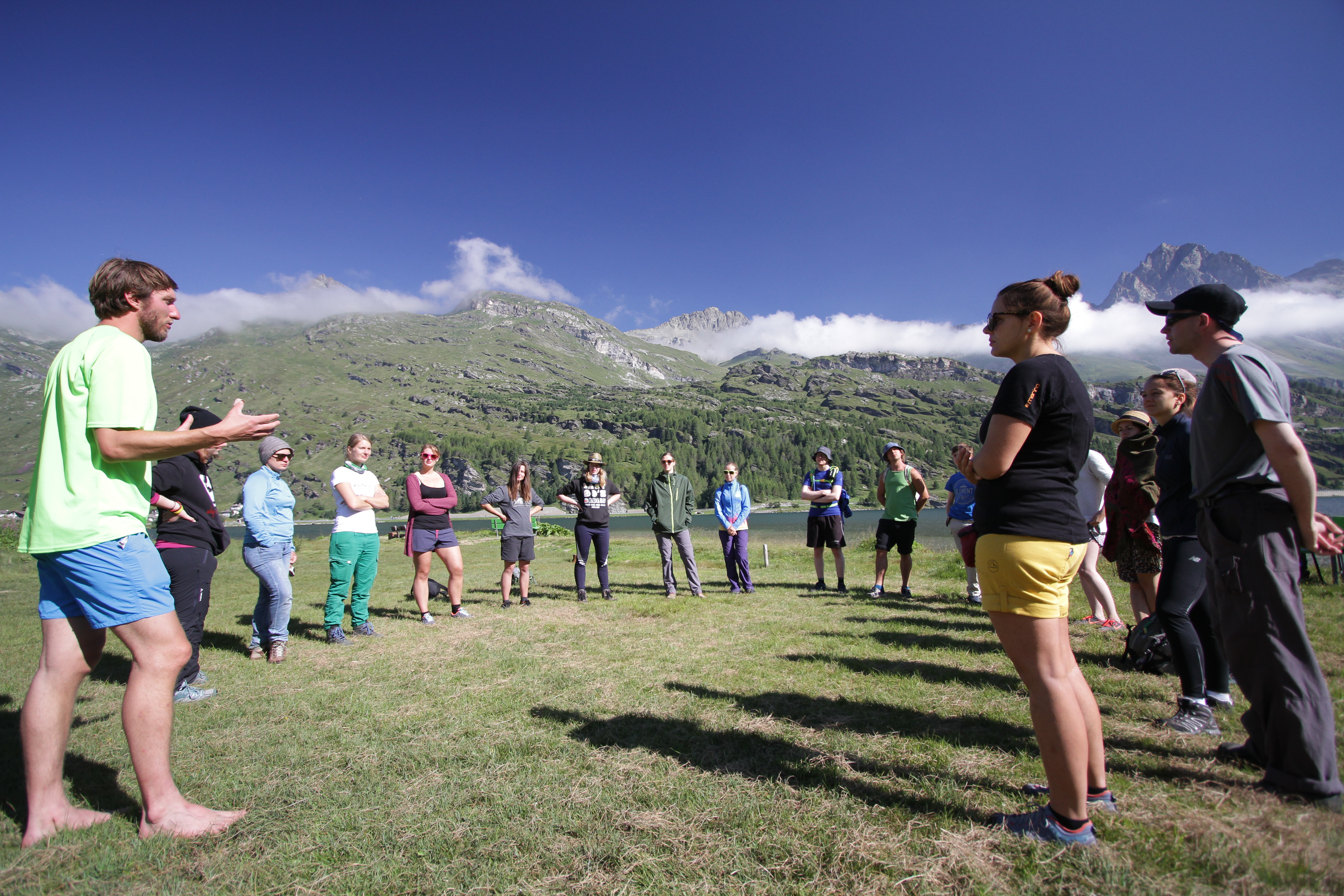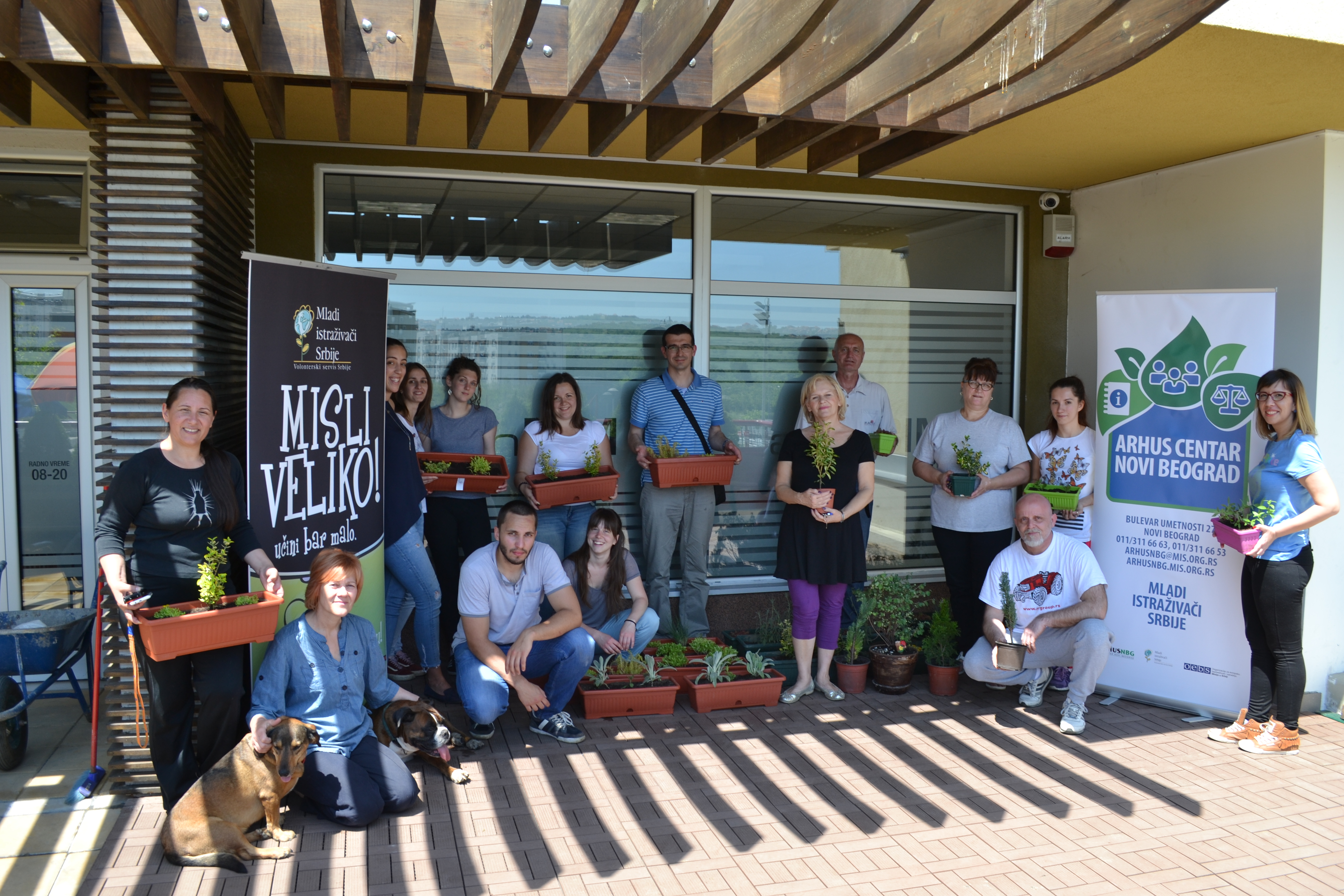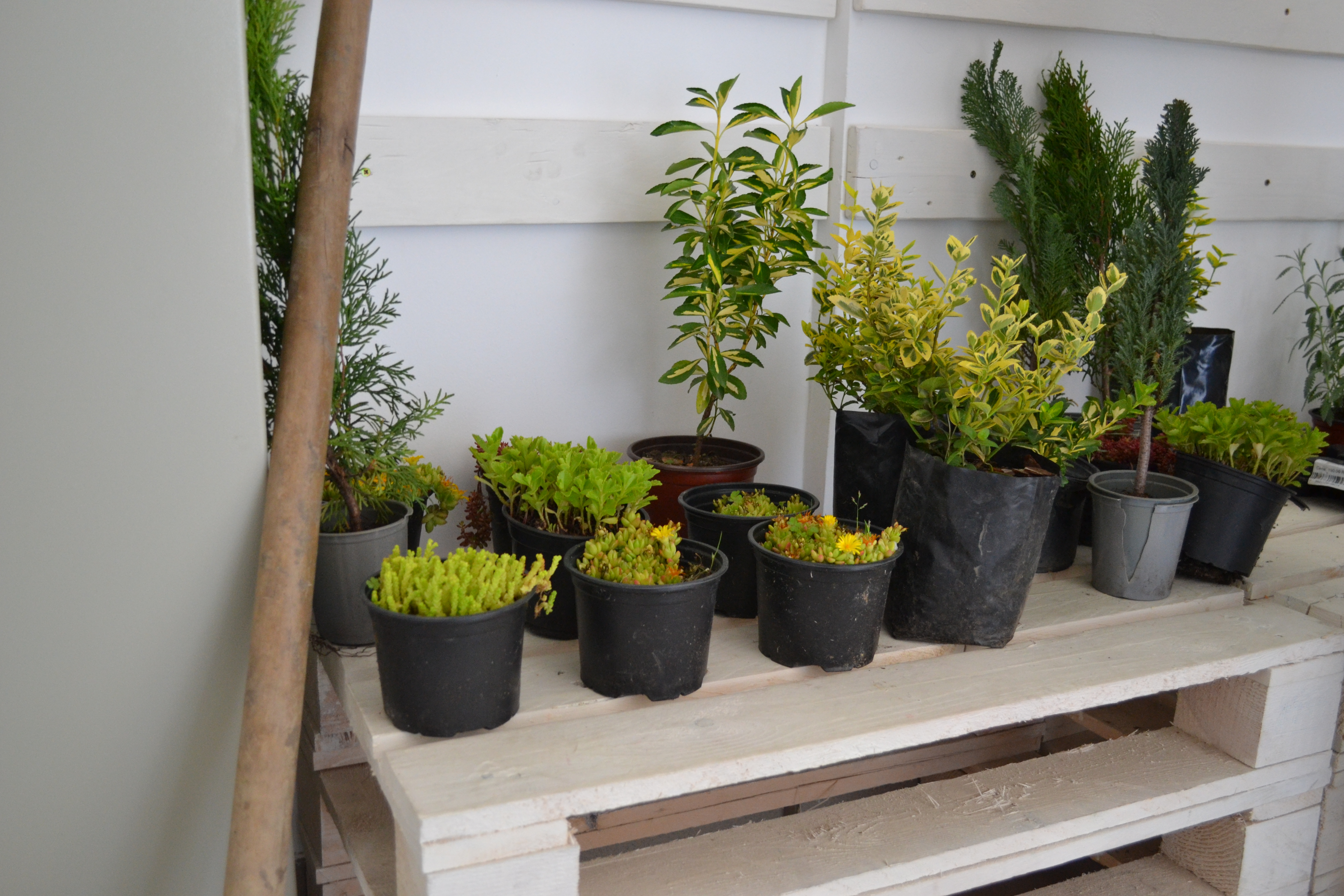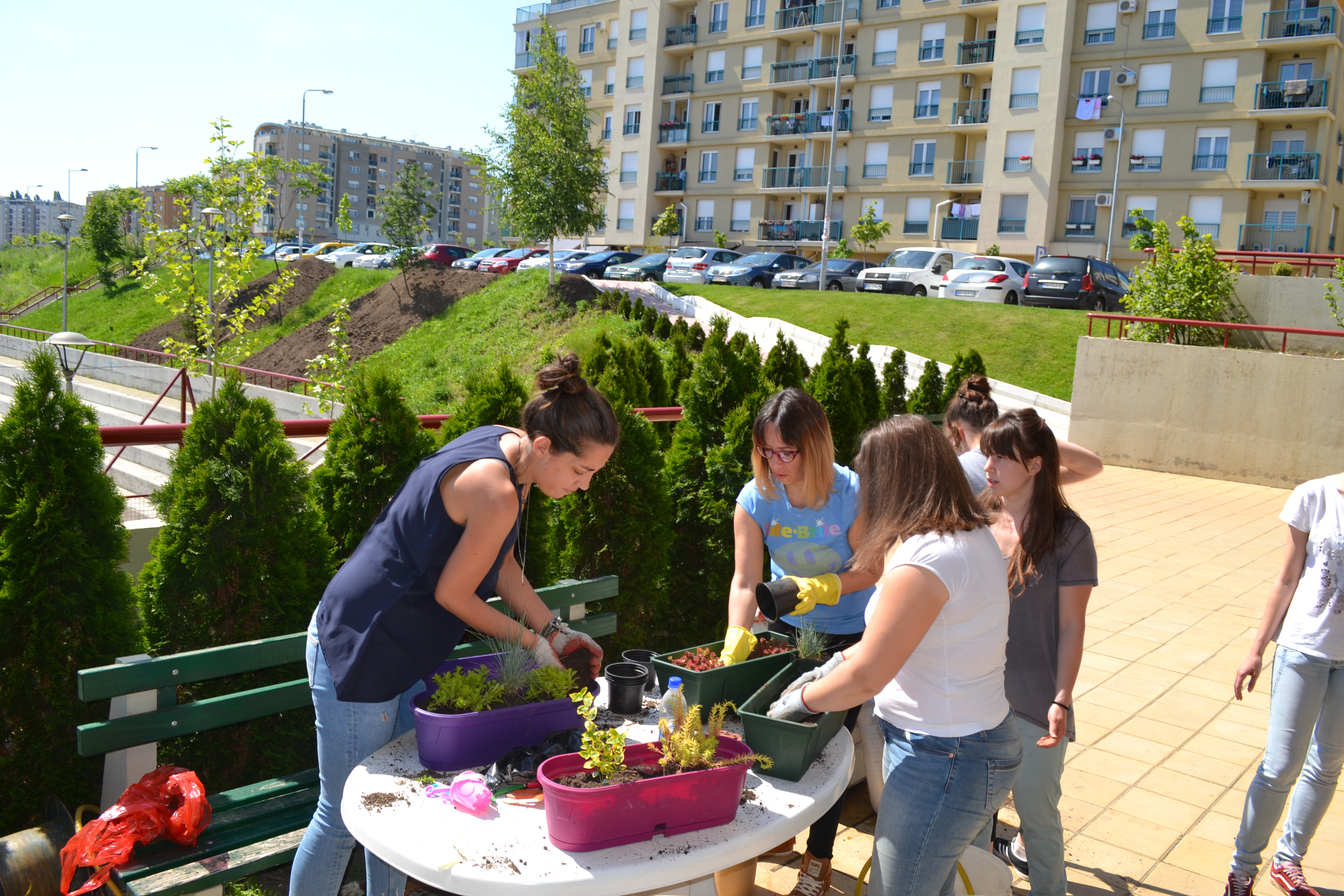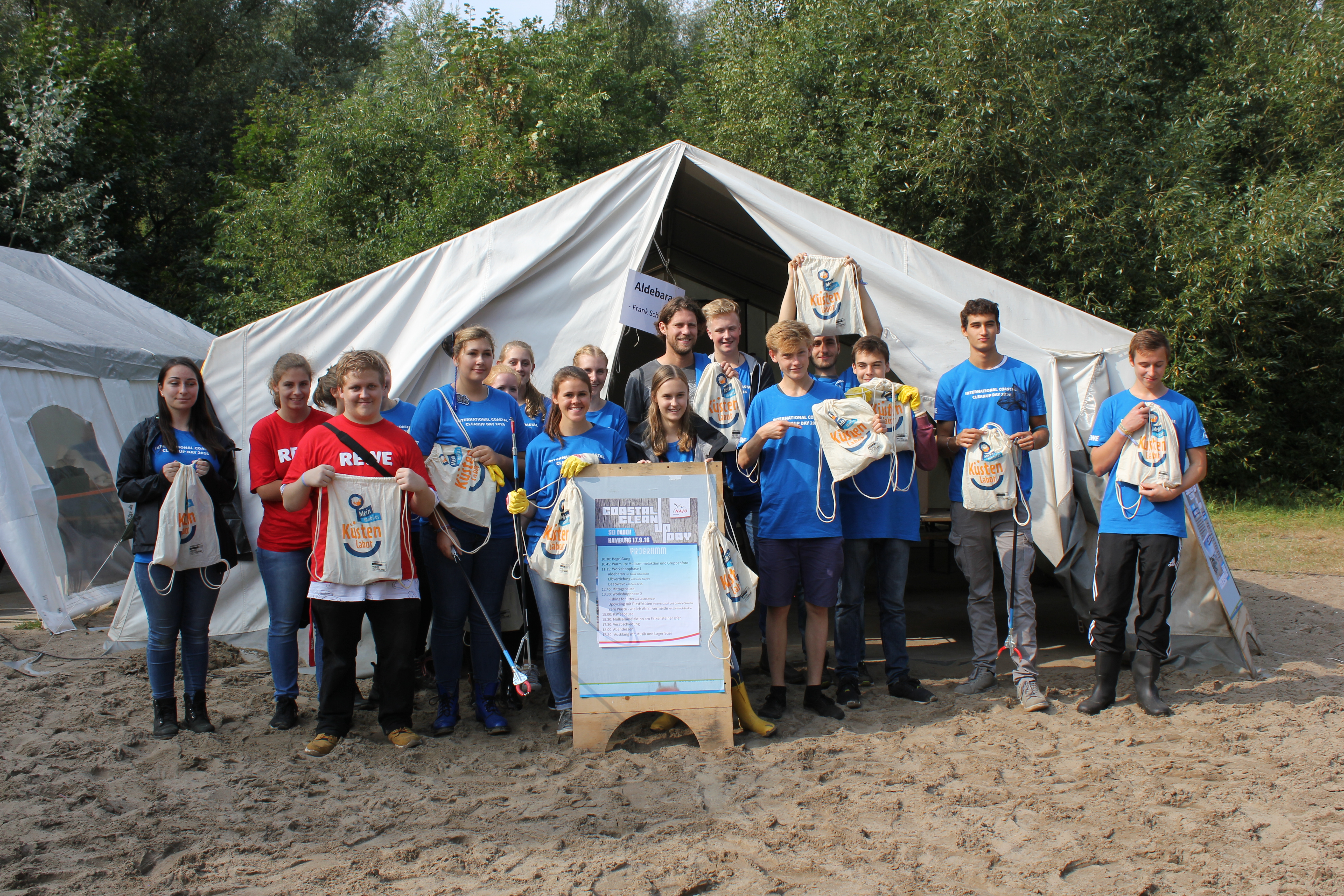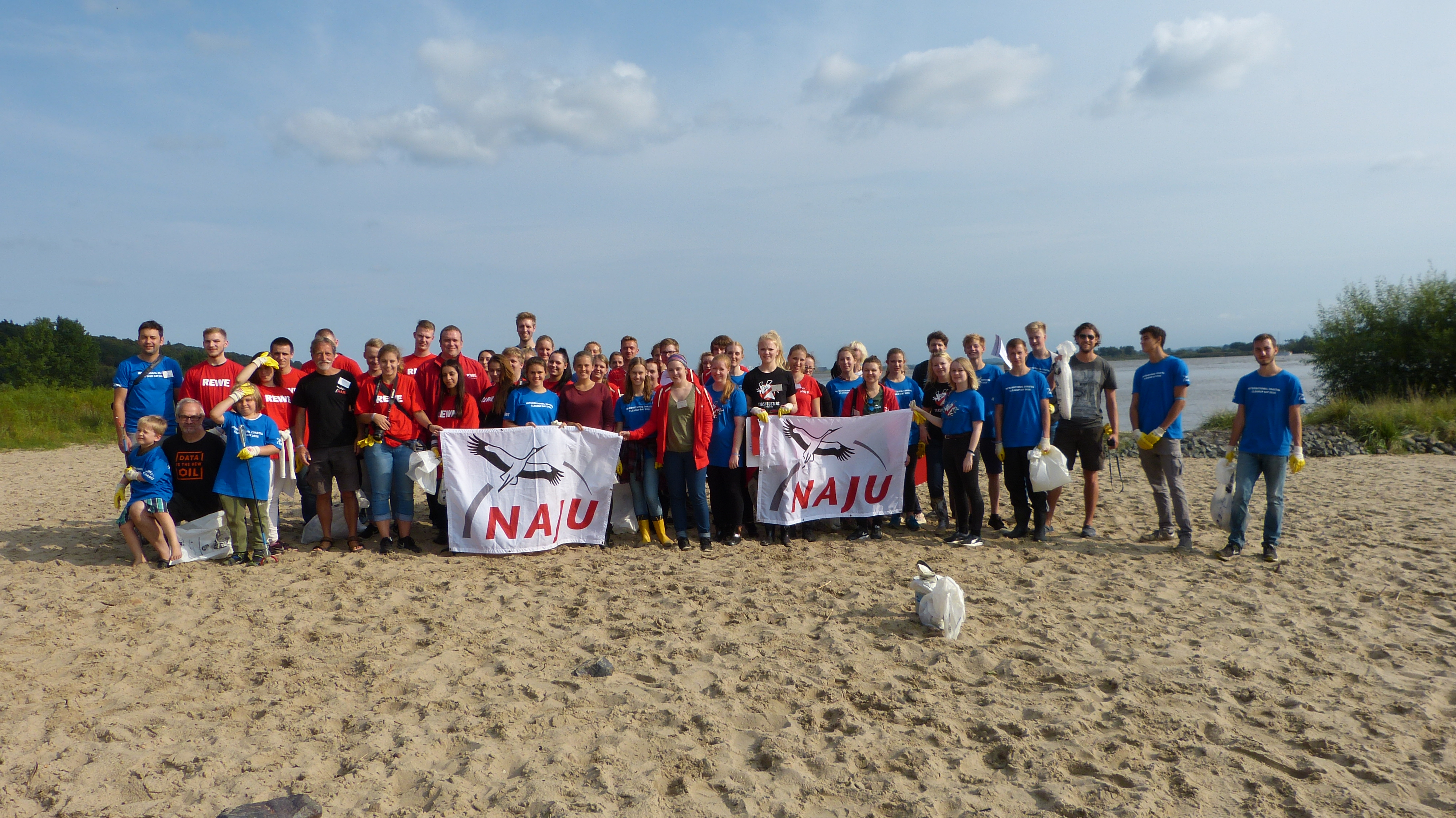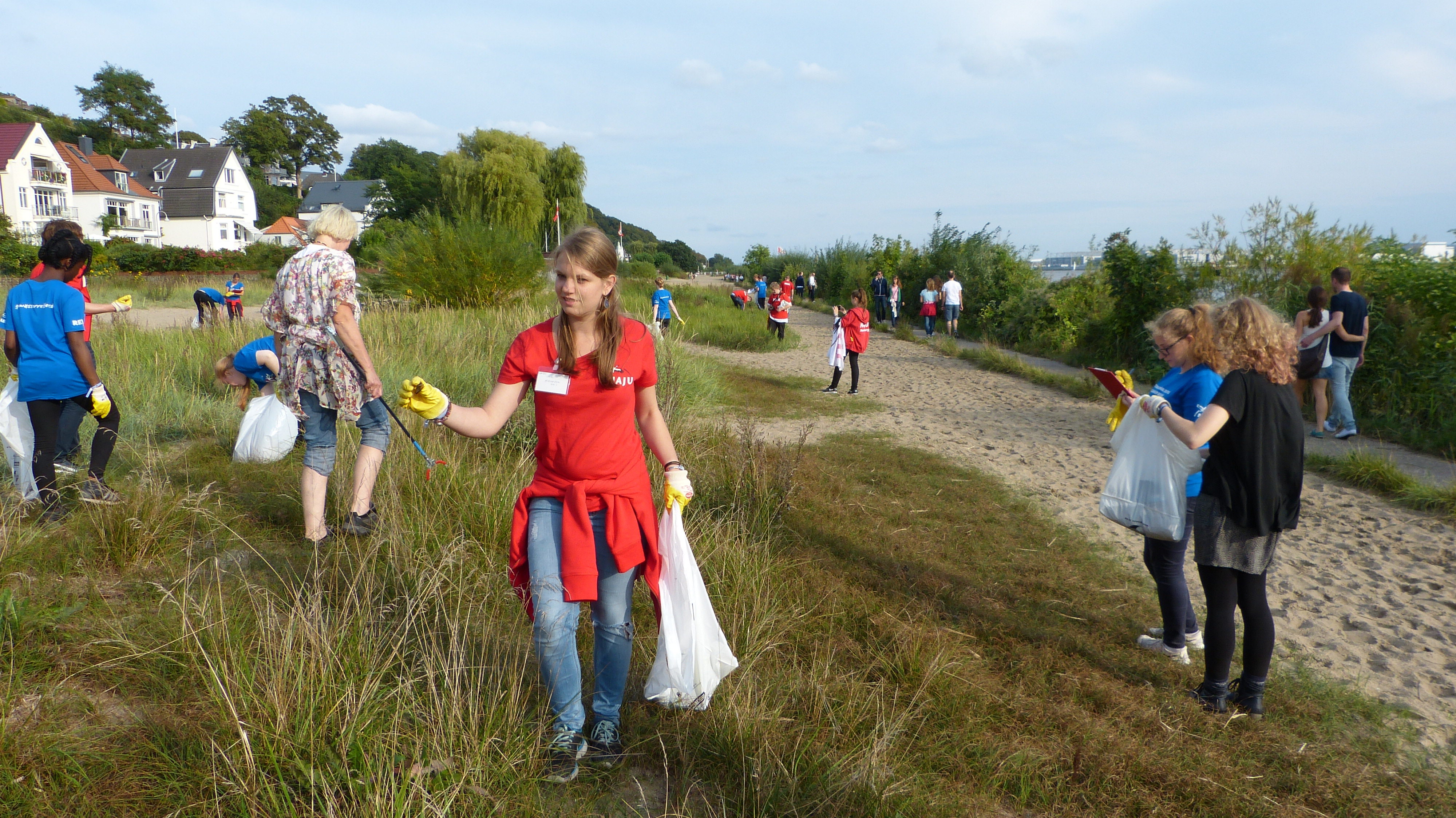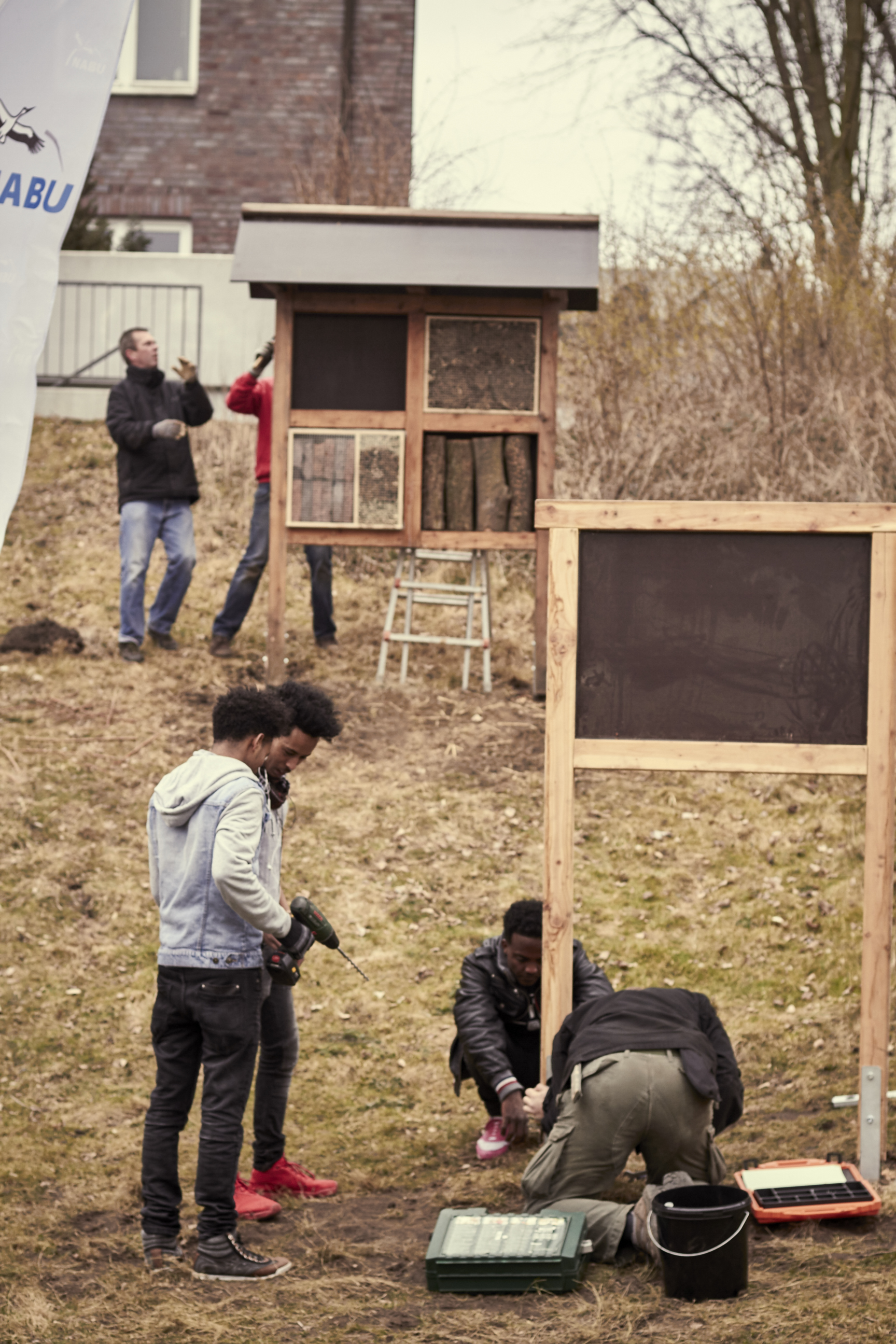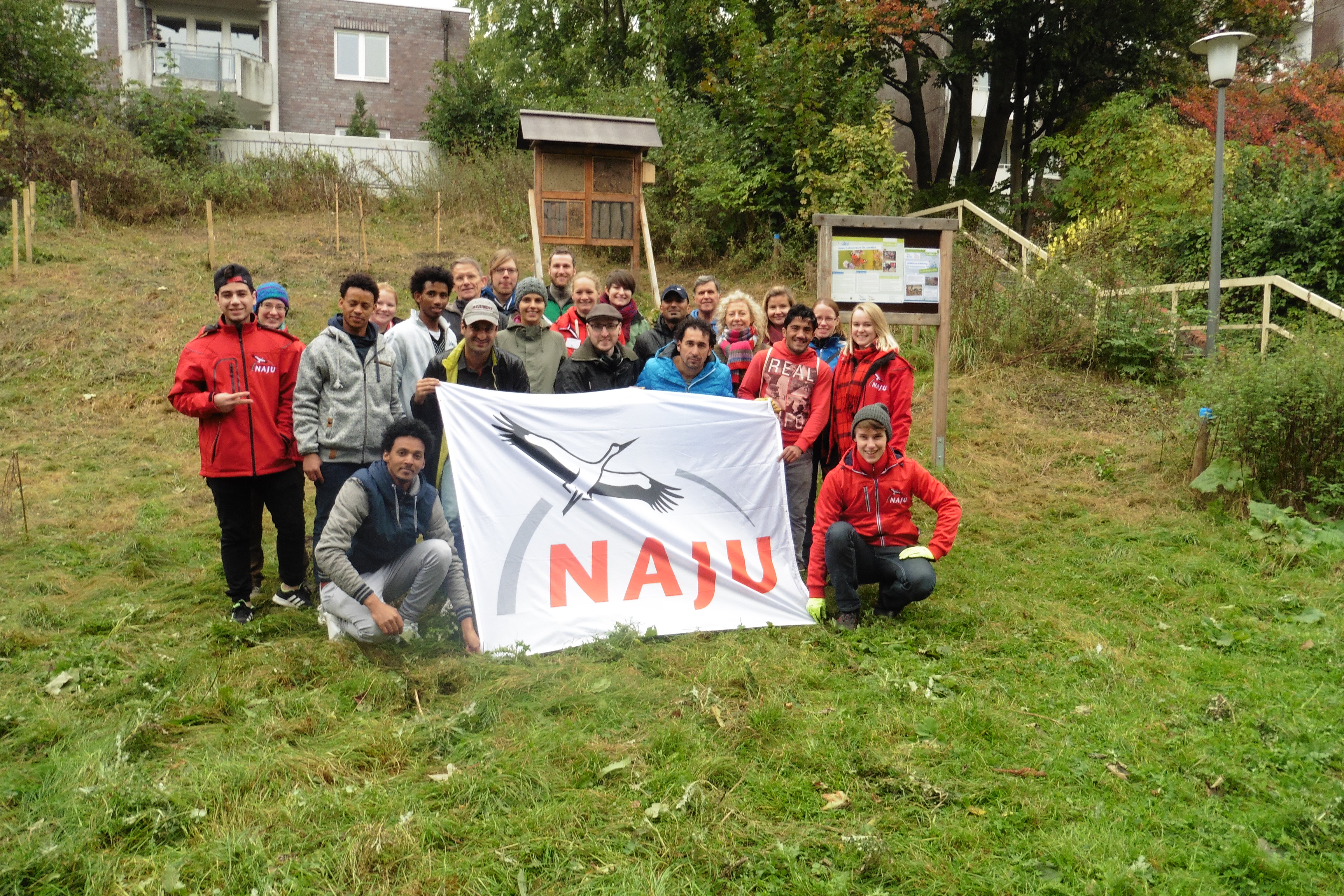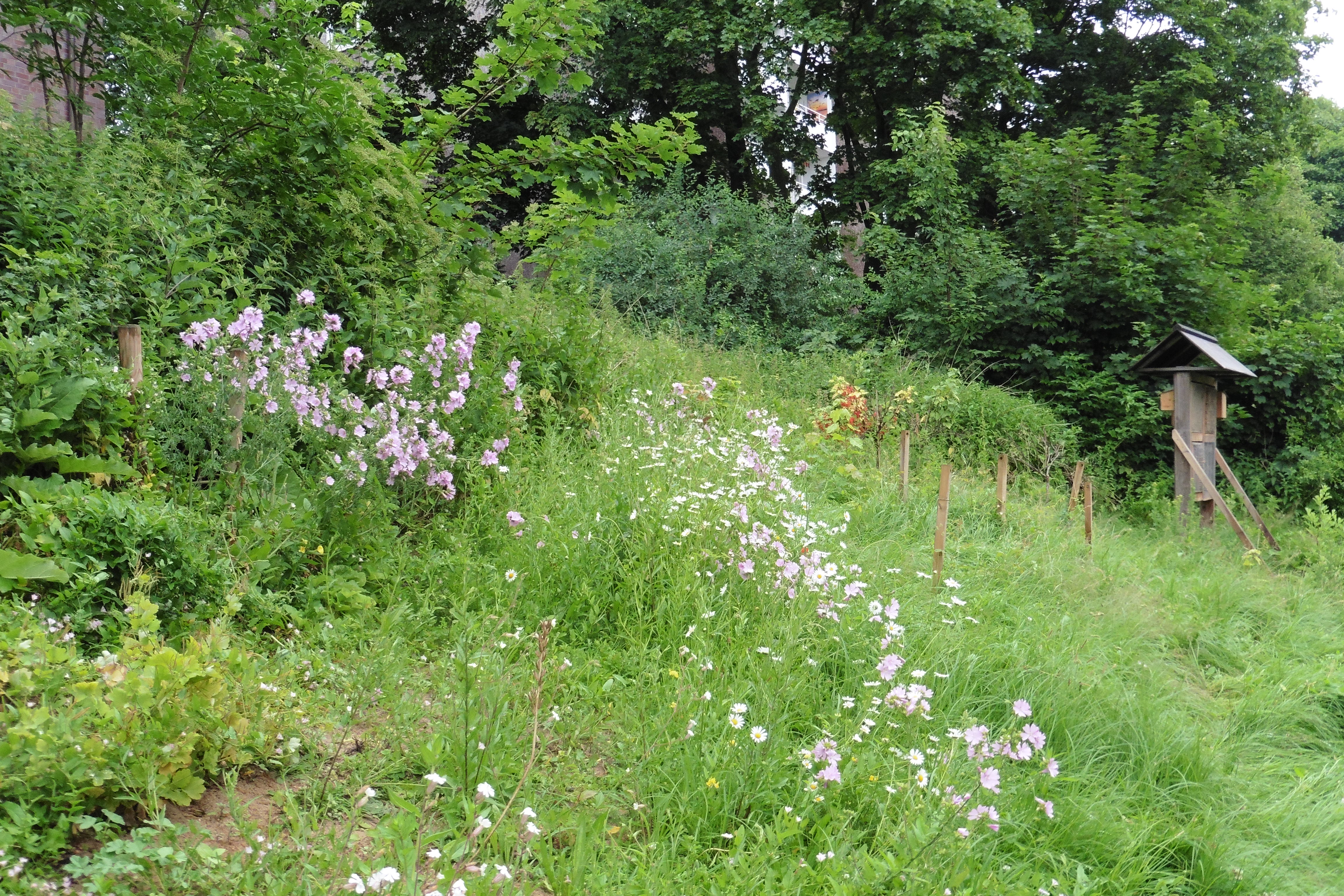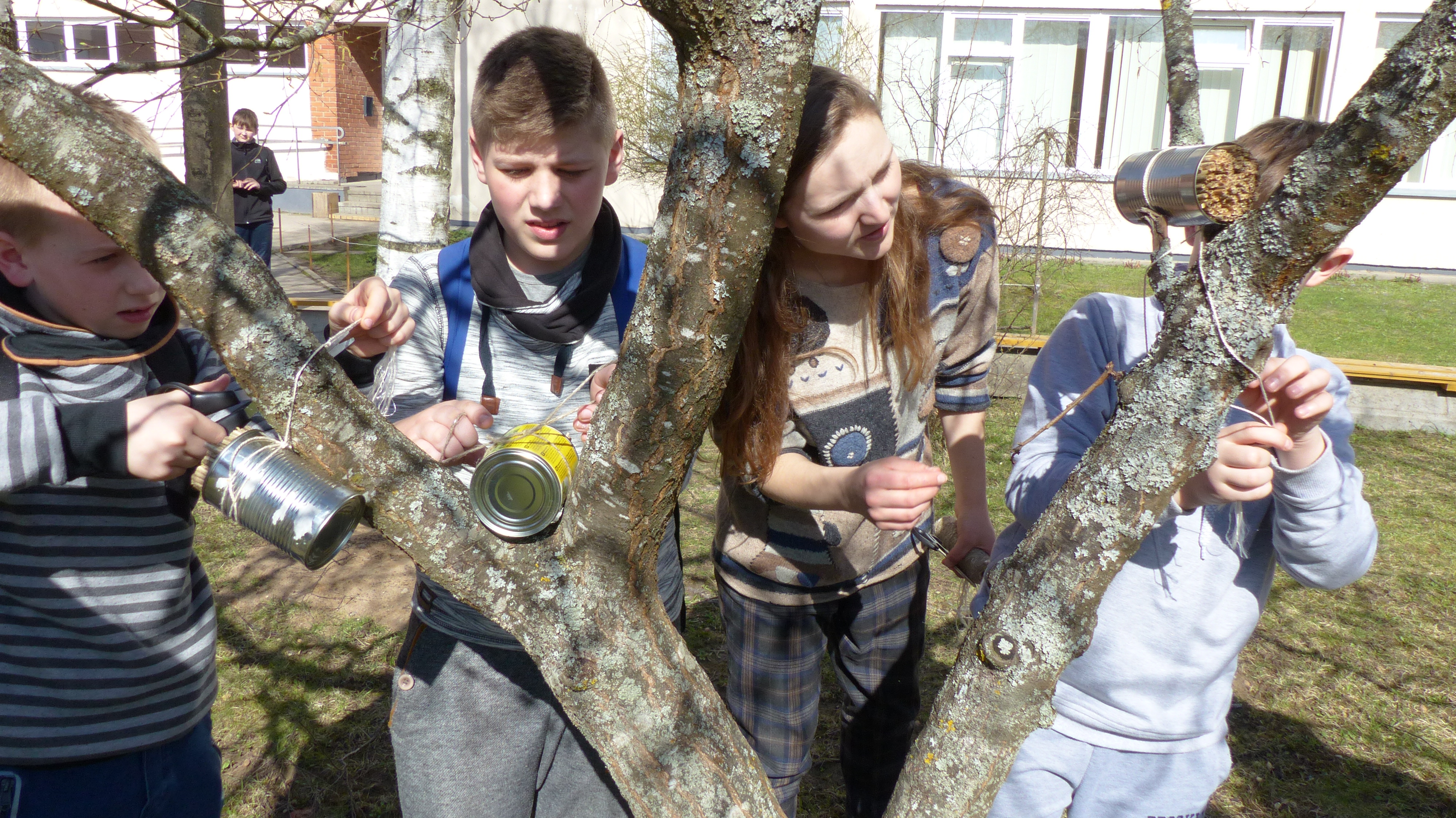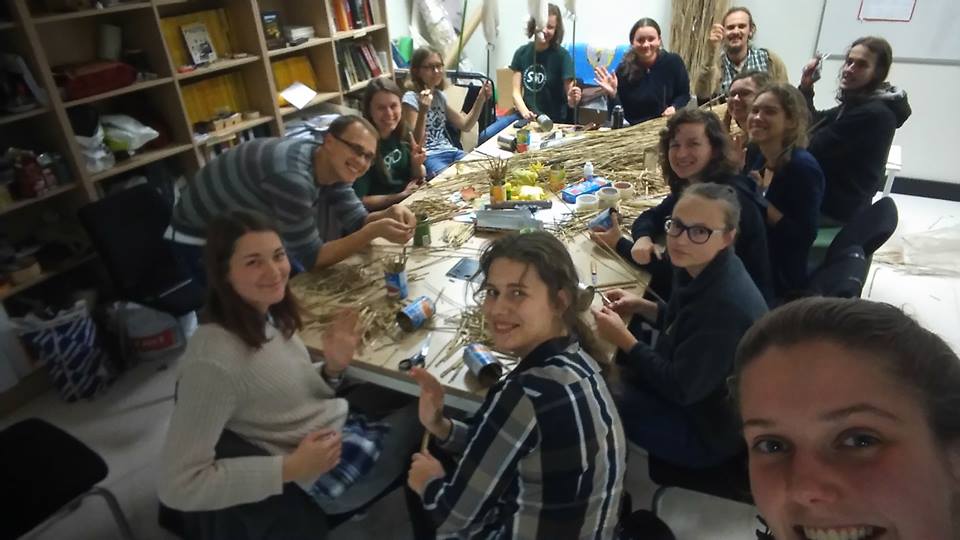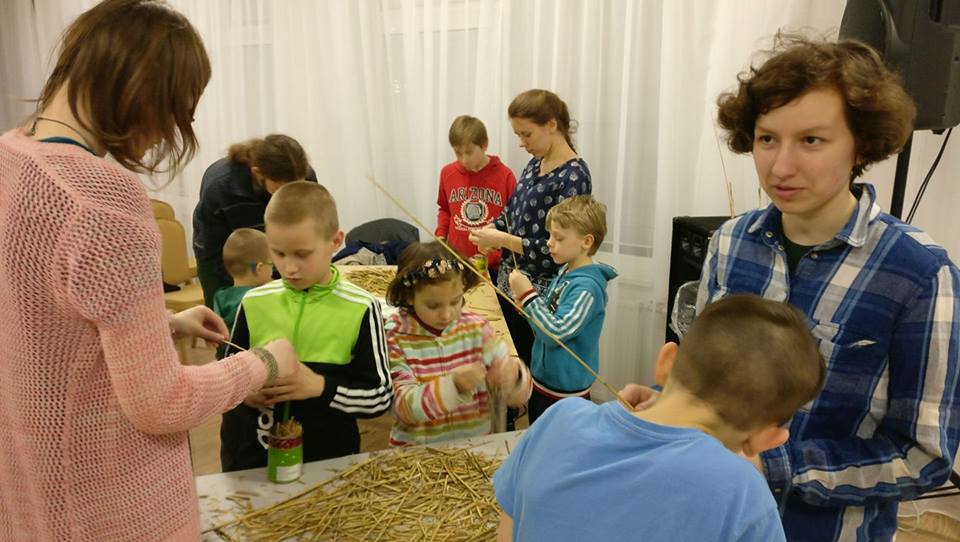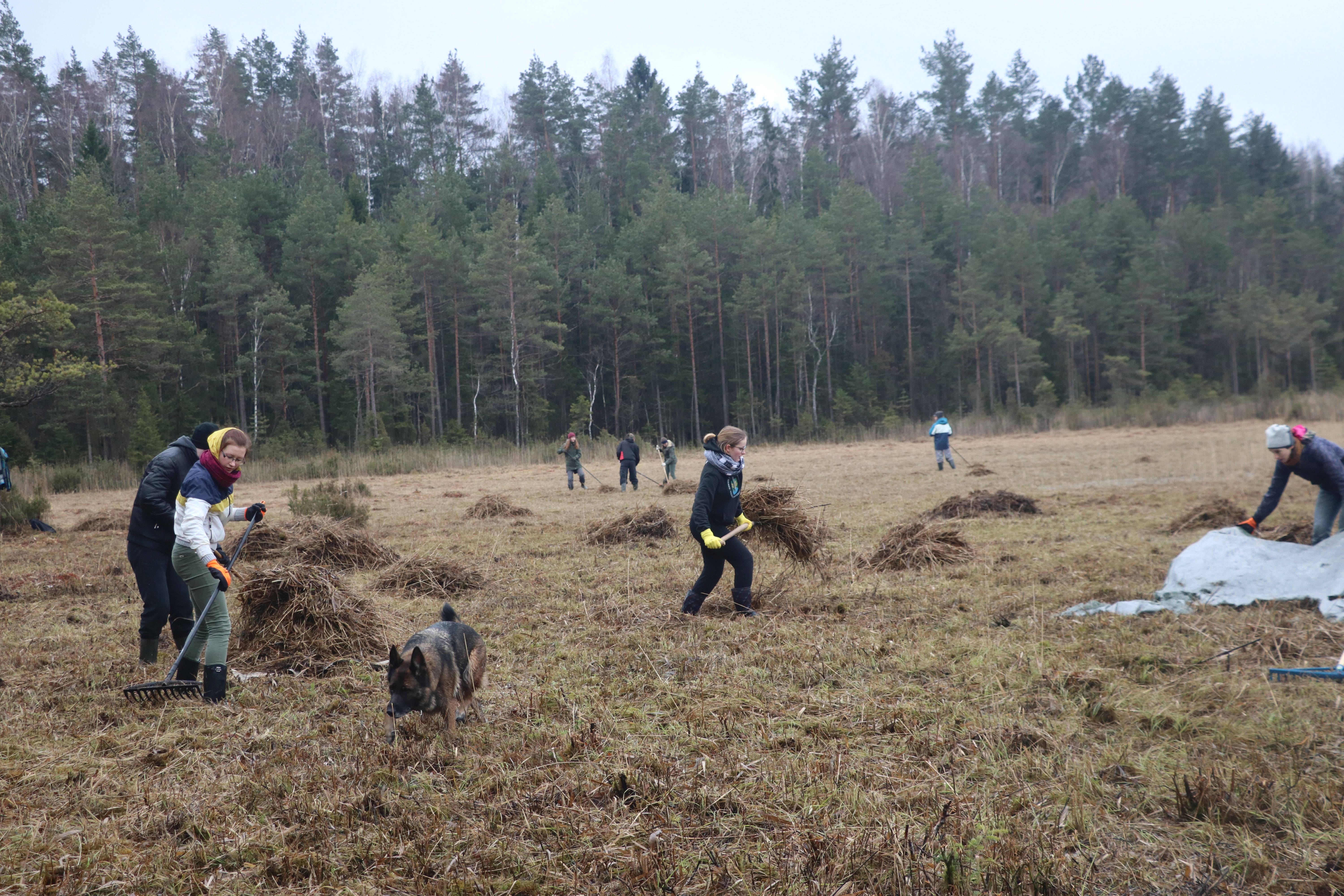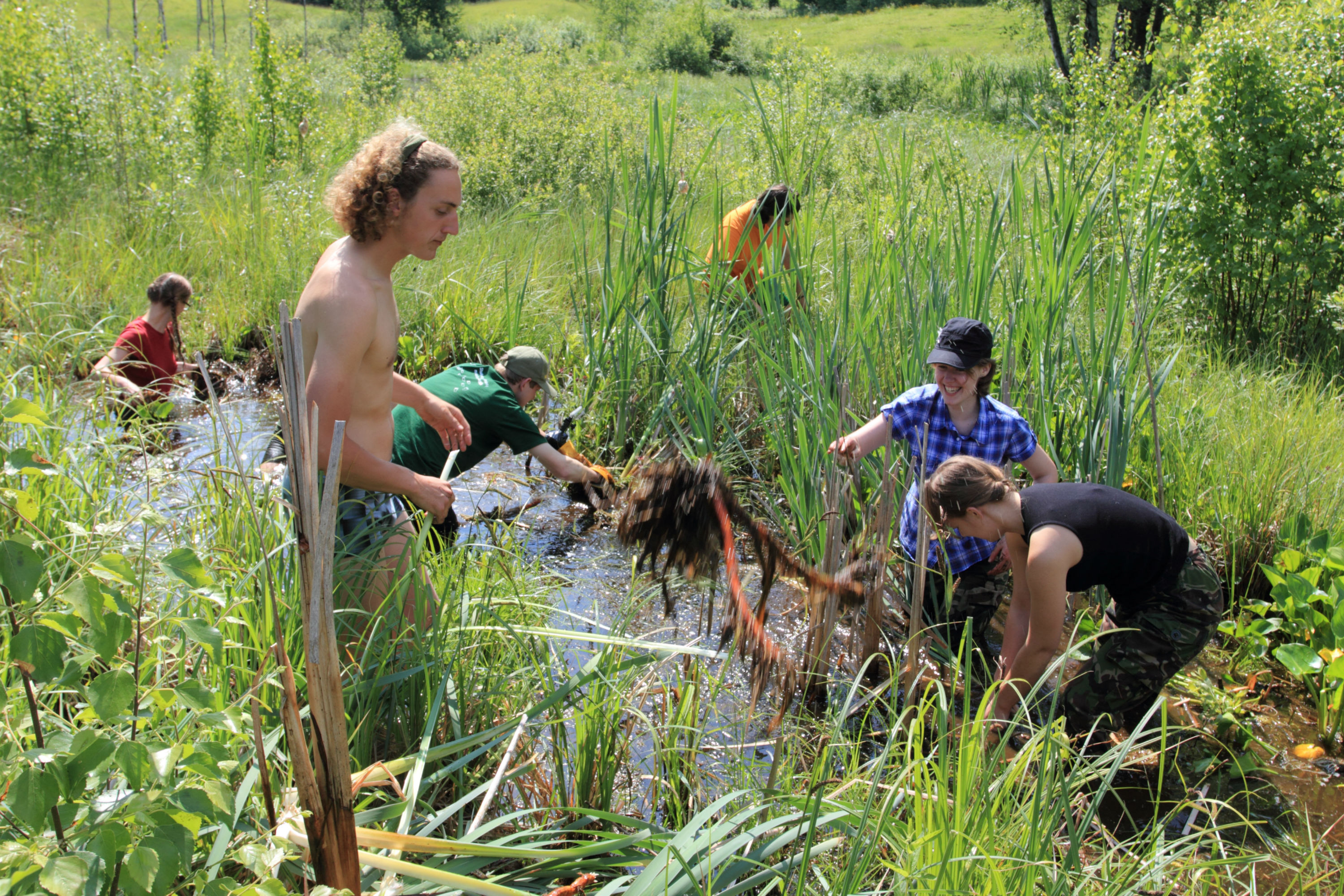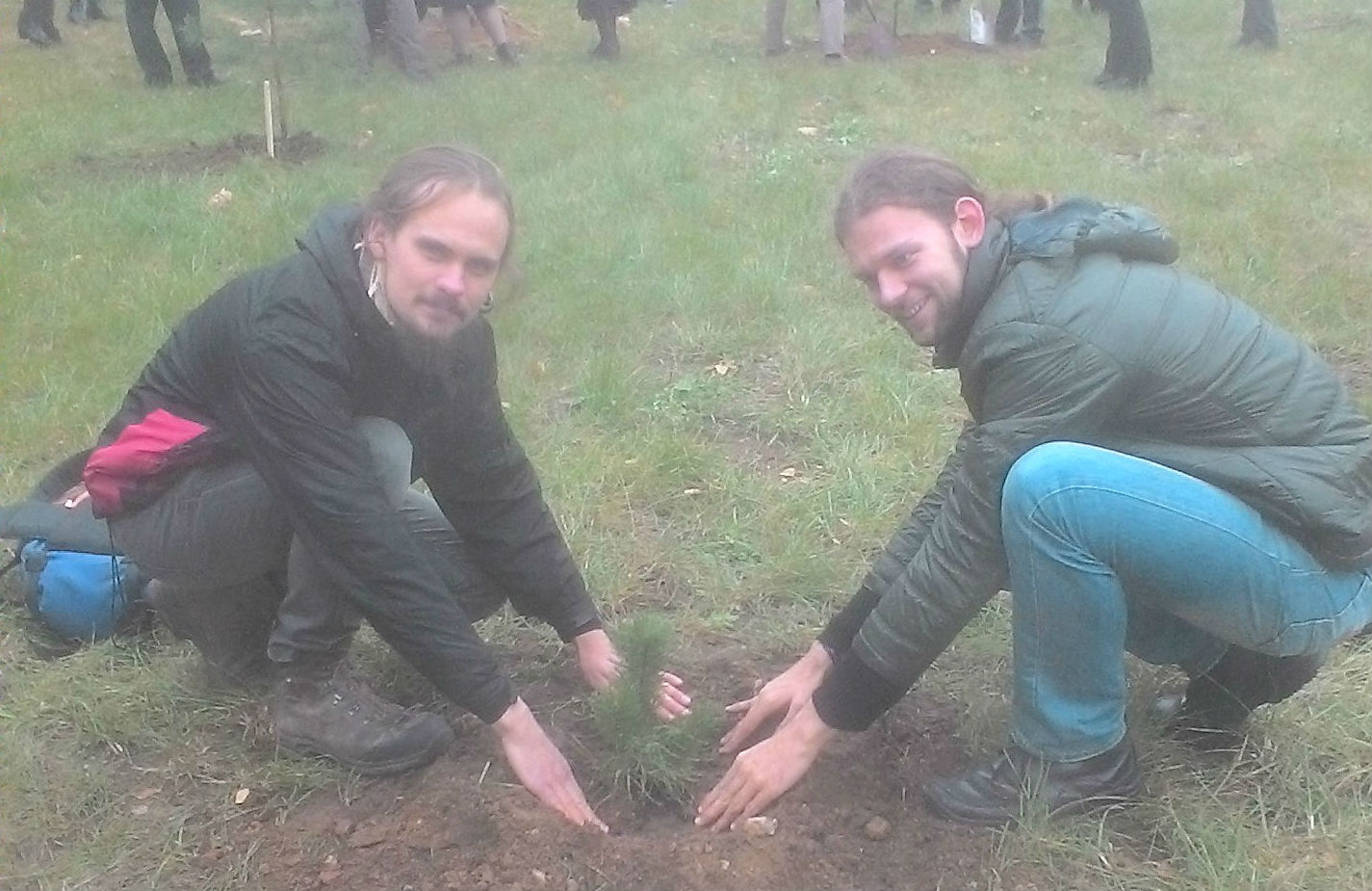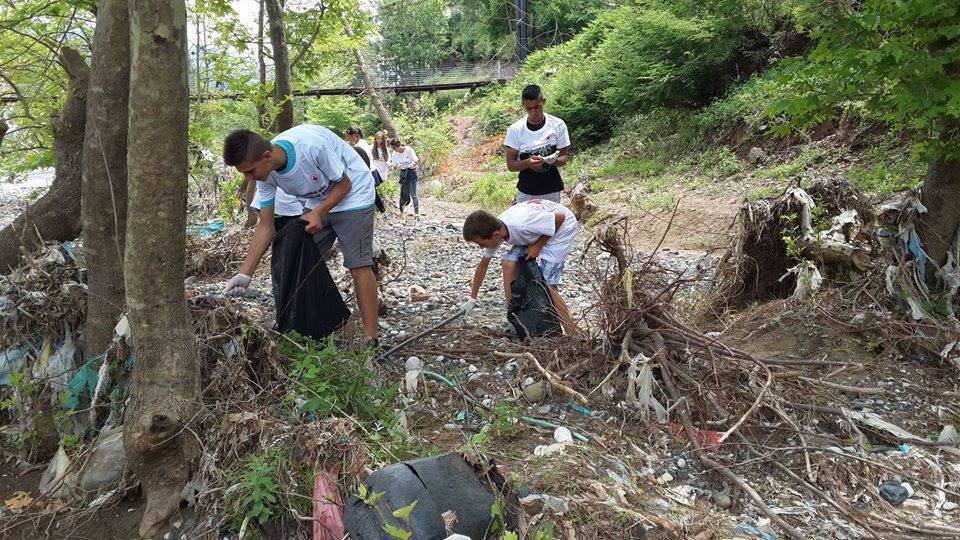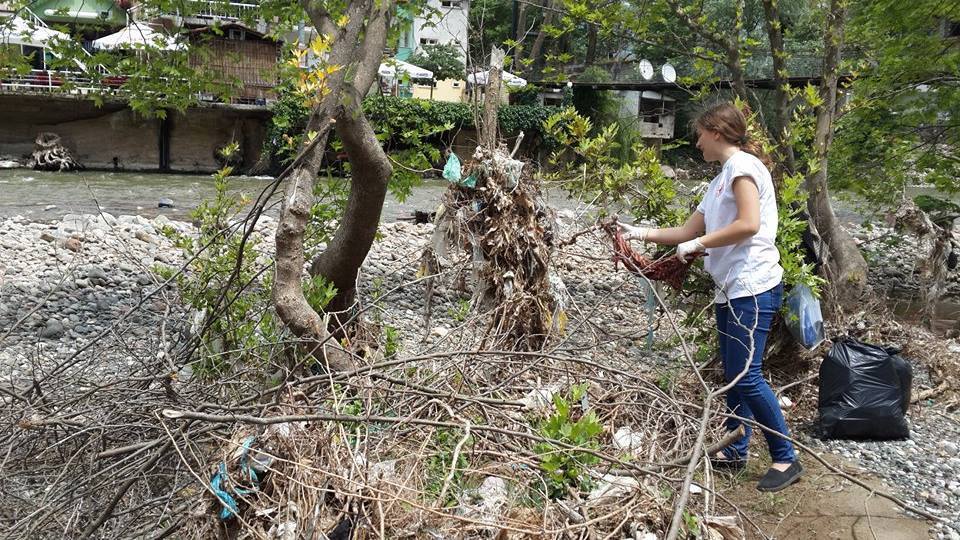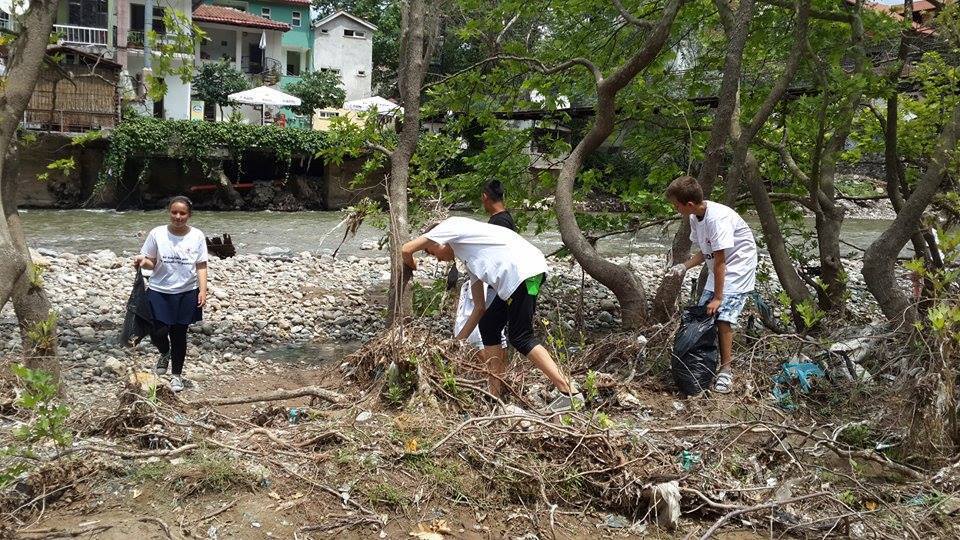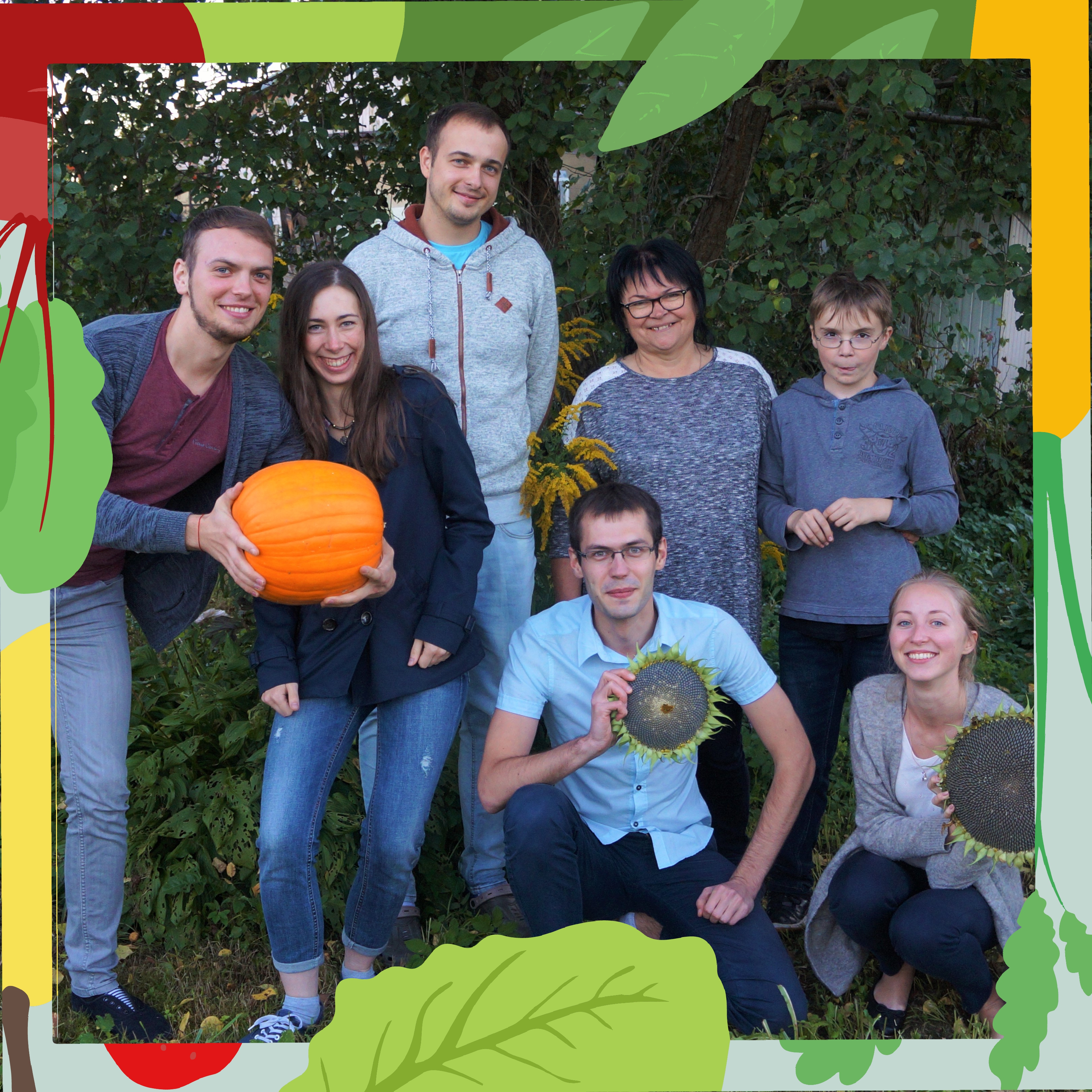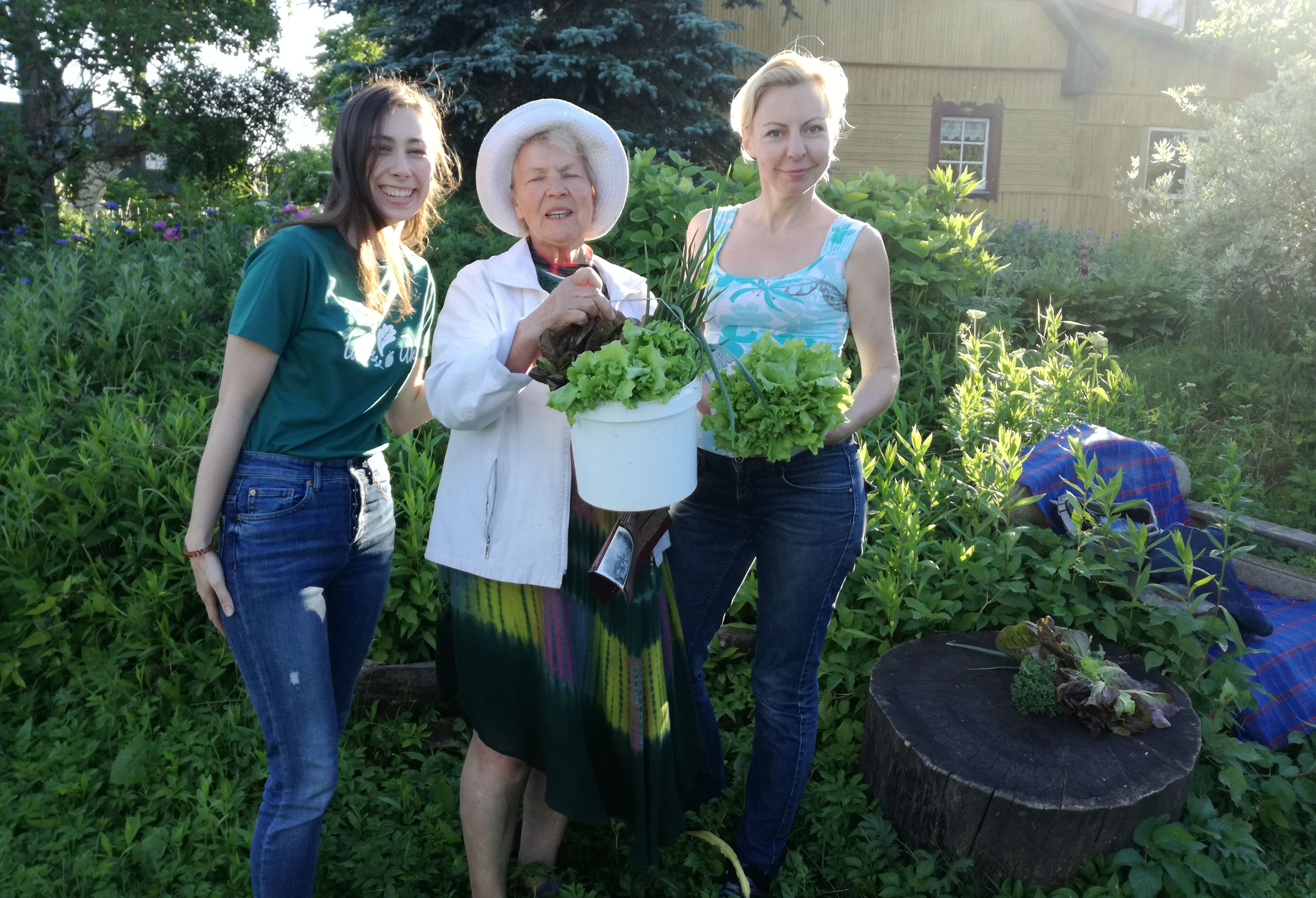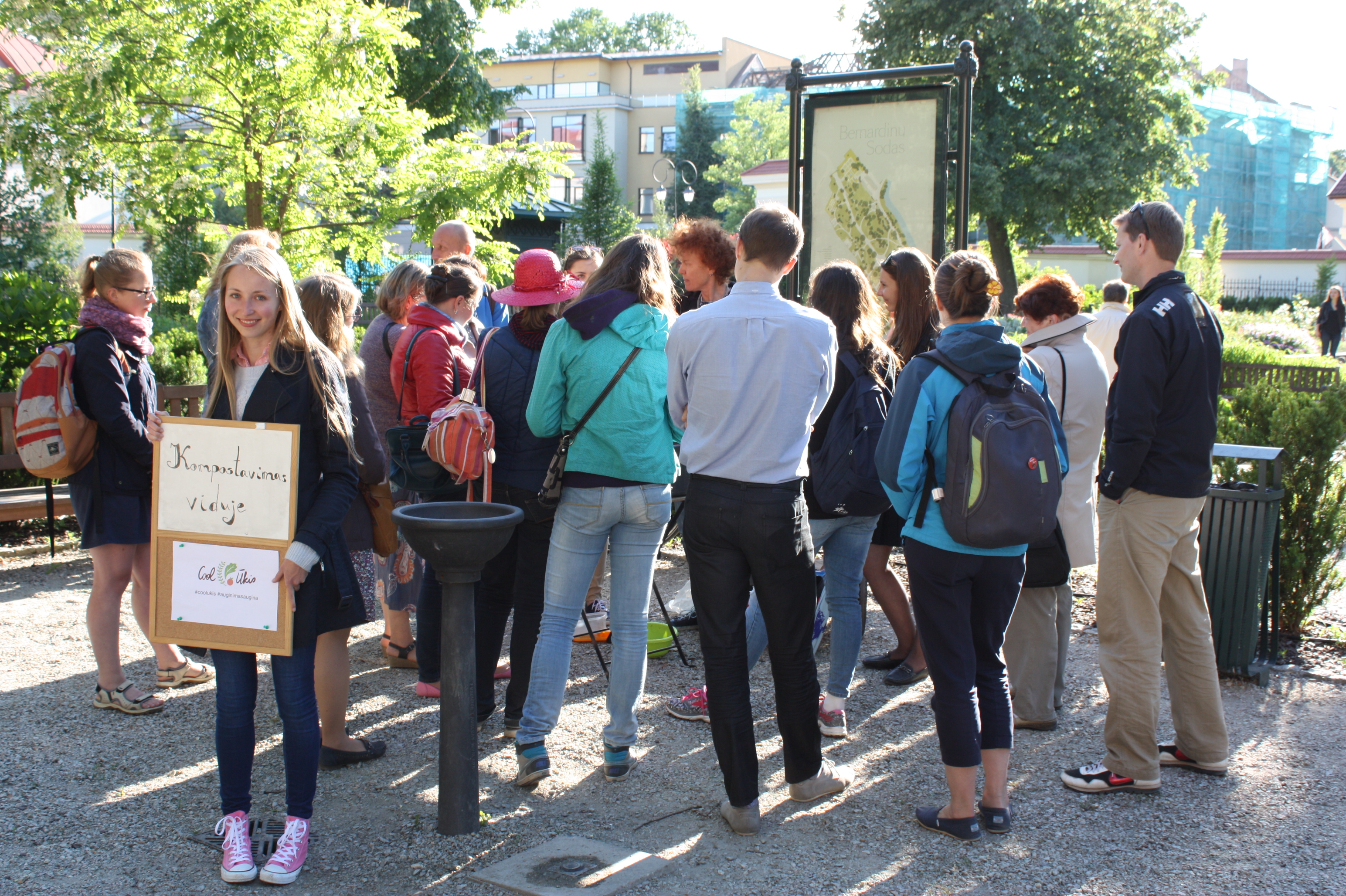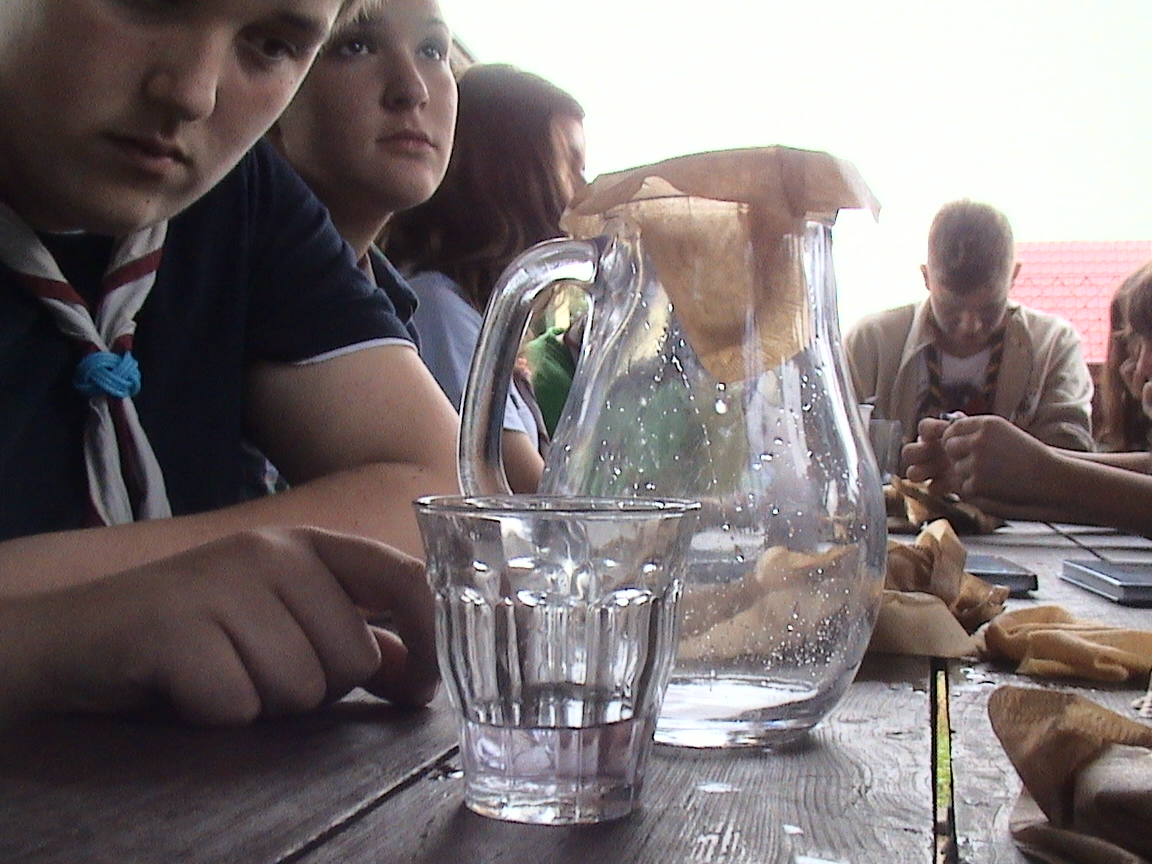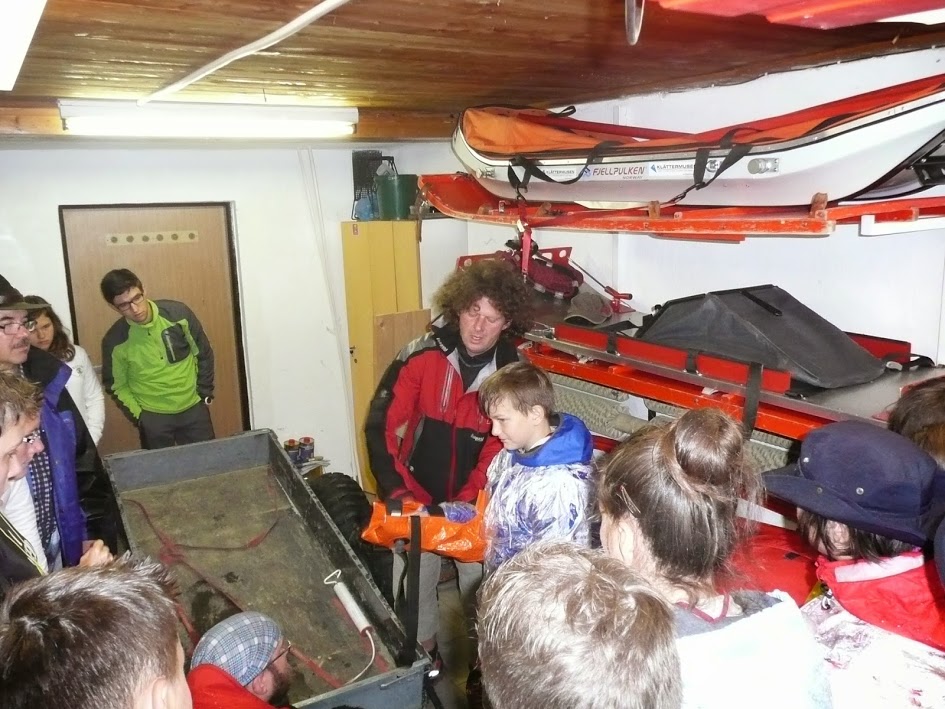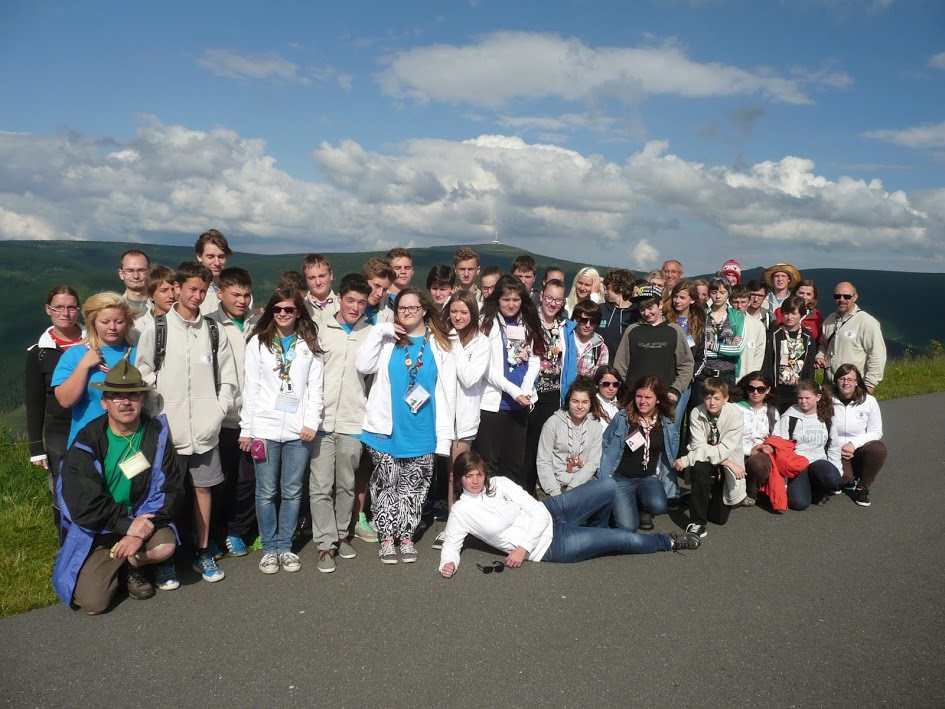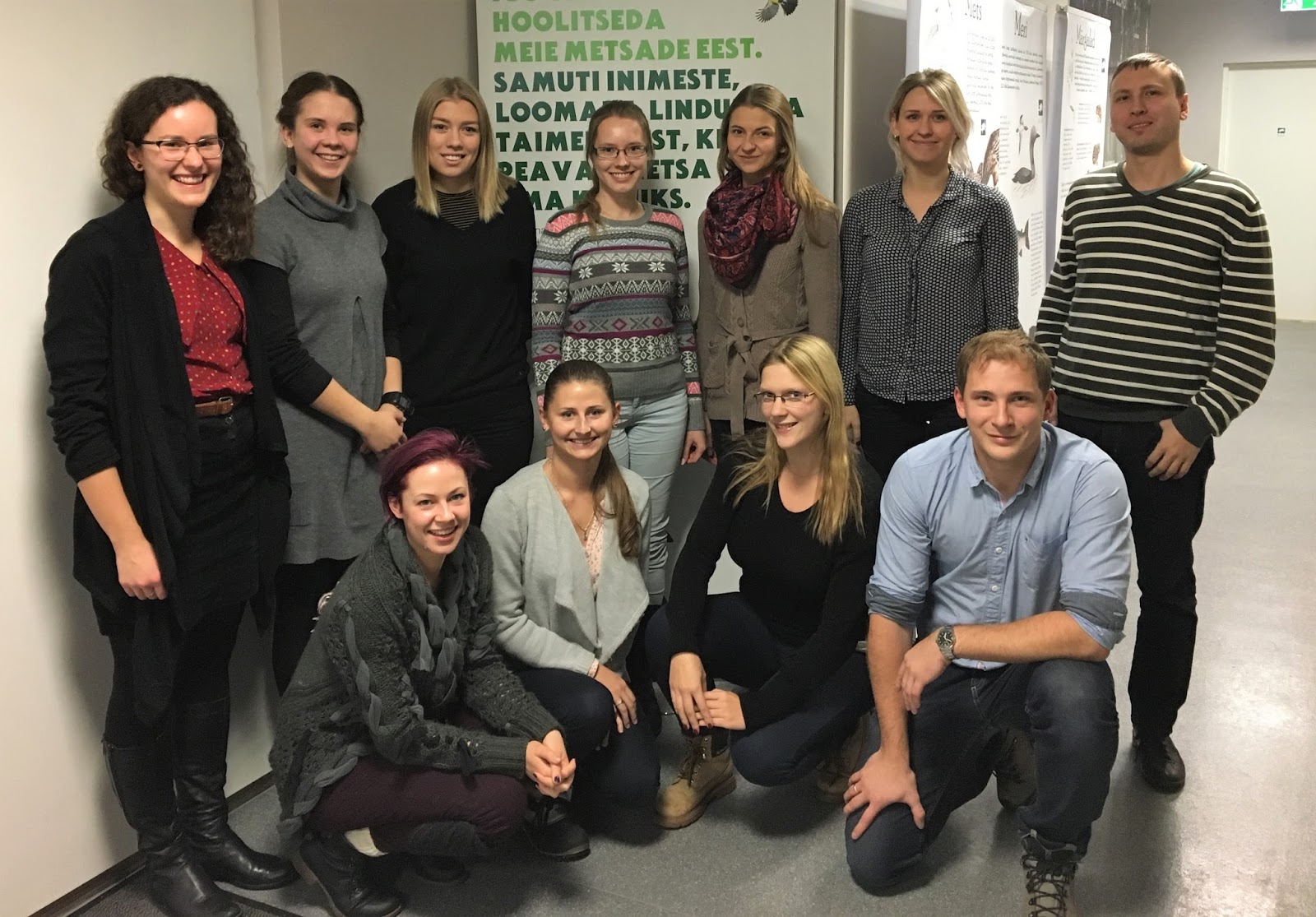Deprecated: Methods with the same name as their class will not be constructors in a future version of PHP; plgContentJw_allvideos has a deprecated constructor in /home/html/yeenet.eu/public_html/www/archives/plugins/content/jw_allvideos/jw_allvideos.php on line 18
Deprecated: implode(): Passing glue string after array is deprecated. Swap the parameters in /home/html/yeenet.eu/public_html/www/archives/plugins/content/jw_allvideos/jw_allvideos.php on line 72
Deprecated: implode(): Passing glue string after array is deprecated. Swap the parameters in /home/html/yeenet.eu/public_html/www/archives/plugins/content/jw_allvideos/jw_allvideos.php on line 72
Deprecated: implode(): Passing glue string after array is deprecated. Swap the parameters in /home/html/yeenet.eu/public_html/www/archives/plugins/content/jw_allvideos/jw_allvideos.php on line 72
Deprecated: implode(): Passing glue string after array is deprecated. Swap the parameters in /home/html/yeenet.eu/public_html/www/archives/plugins/content/jw_allvideos/jw_allvideos.php on line 72
Deprecated: implode(): Passing glue string after array is deprecated. Swap the parameters in /home/html/yeenet.eu/public_html/www/archives/plugins/content/jw_allvideos/jw_allvideos.php on line 72
Deprecated: implode(): Passing glue string after array is deprecated. Swap the parameters in /home/html/yeenet.eu/public_html/www/archives/plugins/content/jw_allvideos/jw_allvideos.php on line 72
Deprecated: implode(): Passing glue string after array is deprecated. Swap the parameters in /home/html/yeenet.eu/public_html/www/archives/plugins/content/jw_allvideos/jw_allvideos.php on line 72
Deprecated: implode(): Passing glue string after array is deprecated. Swap the parameters in /home/html/yeenet.eu/public_html/www/archives/plugins/content/jw_allvideos/jw_allvideos.php on line 72
Deprecated: implode(): Passing glue string after array is deprecated. Swap the parameters in /home/html/yeenet.eu/public_html/www/archives/plugins/content/jw_allvideos/jw_allvideos.php on line 72
Deprecated: implode(): Passing glue string after array is deprecated. Swap the parameters in /home/html/yeenet.eu/public_html/www/archives/plugins/content/jw_allvideos/jw_allvideos.php on line 72
Deprecated: implode(): Passing glue string after array is deprecated. Swap the parameters in /home/html/yeenet.eu/public_html/www/archives/plugins/content/jw_allvideos/jw_allvideos.php on line 72
Deprecated: implode(): Passing glue string after array is deprecated. Swap the parameters in /home/html/yeenet.eu/public_html/www/archives/plugins/content/jw_allvideos/jw_allvideos.php on line 72
Deprecated: implode(): Passing glue string after array is deprecated. Swap the parameters in /home/html/yeenet.eu/public_html/www/archives/plugins/content/jw_allvideos/jw_allvideos.php on line 72
Deprecated: implode(): Passing glue string after array is deprecated. Swap the parameters in /home/html/yeenet.eu/public_html/www/archives/plugins/content/jw_allvideos/jw_allvideos.php on line 72
Deprecated: implode(): Passing glue string after array is deprecated. Swap the parameters in /home/html/yeenet.eu/public_html/www/archives/plugins/content/jw_allvideos/jw_allvideos.php on line 72
Deprecated: implode(): Passing glue string after array is deprecated. Swap the parameters in /home/html/yeenet.eu/public_html/www/archives/plugins/content/jw_allvideos/jw_allvideos.php on line 72
Deprecated: implode(): Passing glue string after array is deprecated. Swap the parameters in /home/html/yeenet.eu/public_html/www/archives/plugins/content/jw_allvideos/jw_allvideos.php on line 72
Deprecated: implode(): Passing glue string after array is deprecated. Swap the parameters in /home/html/yeenet.eu/public_html/www/archives/plugins/content/jw_allvideos/jw_allvideos.php on line 72
Deprecated: implode(): Passing glue string after array is deprecated. Swap the parameters in /home/html/yeenet.eu/public_html/www/archives/plugins/content/jw_allvideos/jw_allvideos.php on line 72
Volunteers in YEE
Organisation: Foundation for Environmental Education
Website: www.videsfonds.lvl; www.manajura.lv
Dates: 14 July 2016 – 14 August 2016
Place: Latvian Baltic Sea coast from Lithuanian to Estonian border
Description of the activity:
In 2016 I was expedition manager of My Sea campaign – expedition 500 kilometers of Latvian Baltic Sea coast from Lithuanian to Estonian border. The purpose of the expedition is to promote responsible attitude towards the unique values of the coast of Latvia by documenting, summarizing and exploring the topical marine and coastal environment issues, focusing on the data collection on the situation of marine pollutant waste along the Latvian coast.
What was the environmental problem:
To fill the data gaps regarding marine litter found on Latvian beaches and turn public attention to the marine litter topic that was perceived only as a nuisance for recreation, not the acute environmental issue.
The result of the activity:
Year 2016 marked 5th anniversary of campaign, when more than 800 people took part in campaigns expedition alone, not counting side events and other public initiatives that were developed through the years. But public numbers and campaigns results recognition – starting from National Environmental Science award in 2012 for FEE Latvia, when campaign was just set up and ending with recent honours of receiving Annual Health Award in 2016 for promotion of solutions for healthy Baltic Sea ecosystems – is just the tip of iceberg of campaigns commitment to become driving force in seeking solutions for the marine litter issue in Latvia – starting from very local situations to national processes.
In 2012 network of 40 monitoring/survey sites was created along all the coast of Latvian Baltic Sea border, with surveys done according to UNEP/IOC guidelines and methodology. It is now complemented with 12 seasonal survey sites. Such amount and diversity of monitored sites allowed during these years to compile very valuable amount of information, giving clear knowledge not only about situation important for policy making on national level (as average amount of litter found on beaches, structure of materials, distribution and trends), but also very down-to-earth picture about situation, challenges and possible reasons and solutions for marine litter pollution issues in each of 17 coastal municipalities in Latvia.
In 2016, when gathering data in survey sites, also litter items sized 0.5-2.5 cm were counted, giving at least initial deeper understanding about litter amount that is escaping representation in official beach litter statistics according to UNEP/IOC protocols. Similarly, in all the survey sites one of the “litter plague” of beaches – cigarette butts – were counted for all the stretch of site to analyse how the total amount represents 10 m stretch, where in UNEP/IOC that litter fraction is taken into account. That was done as an effort to continue work on integration and improvements of different beach litter survey methodologies, so that they better help local and national policy makers to choose right instruments for tackling the issue.
Judging from results of five years research work in Latvia it is not surprising – as situation all around the globe shows the similar trends – that the main challenge for Latvian coast regarding marine litter turns out to be plastic materials. If the average amount of litter found on the Latvian beaches over last five years accounts to be slightly over 170 items per 100 meters, the plastic constitutes more than half of all litter. Even more alarming is the fact that, if those data is expressed as the distribution percentage of litter fractions among all the surveys – during more than 200 surveys made on Latvian beaches over five years, even most remote ones – there are none, where the unidentifiable plastic materials (PL24 category according to UNEP/IOC protocol) in different stages of degradation have not been found.
Campaigns data now have become a backbone of emerging national policies regarding marine litter. Already in 2014 FEE Latvia have invested necessary amount of work to create a marine litter profile for each of coastal municipalities, ensured the issue to be taken up and seriously considered within Coastal Spatial Planning process for next programming period. Efforts continued, when government intensified work on plans and strategies for implementation of EU Marine Strategy Framework Directive. My Sea data was used to set up national strategy for MSFD Descriptor 10 for reaching Good Environmental Status both as statistical reference to the amount of marine litter and also in setting the goals for National Programme. Marine litter continues its rise in scientific and political agendas, emphasising the urgent need for solutions.
Organisation: Natuur 2000
Dates: The last 3/5 years
Place: Fort Oelegem at 2520 Oelegem, Belgium
Description of the activity:
Managing the fort ruin into a suitable hibernation site by securing absolute quietness during the hibernation period, a 100% humidity and the right cave temperature.
What was the environmental problem:
Becoming an overpopulated counrty, Flanders doesn't provide any longer enough and suitable hibernation habitas for bats, specially for heavily endangered species like Geoffroy's bat and Natterer's bat.
The result of the activity:
Fort Oelegem is now providing a reliable winter habitat for more than 1300 bats, including the species mentioned above. On top of that the fort is now, during the summer months (when the bats have left for their summer life), equipped for receiving vistors on e.g. bat nights and other educational events.
Organisation: Luonto-Liitton susiryhmä (The Finnish Nature League's Wolf Action Group)
We are a nation-wide nature and environment protection organization for children, the youth, and young adults. We work in forest, wild animal, water systems, climate and energy issues and are pioneers in environmental education in Finland.
Website: http://www.luontoliitto.fi/susiryhma/in-english
Dates: 1-2 July 2017
Place: "Tuulispää" Animal Sanctuary - a retirement home and rescue shelter for farm animals http://www.tuulispaa.org/english/
Description of the activity:
Applying for support from the state organisation the Finnish Wildlife Agency (https://riista.fi/en/) for supplying us with all the required materials for installing a protective electric fence around 5 Hectares of recently acquired pasture land.
Once we got the confirmation saying the state would support this project with all the needed materials, we advertised the event in our social media calling all our active young members to do voluntary community work for the installation of the fence.
We installed the fence during the weekend of July 1st-2nd 2017 and on August 14th 2017 cows arrived for the first time to feed on safe summer pastures.
What was the environmental problem:
The Animal Sanctuary “Tuulispää” acquired a new pastureland for allowing their rescued farm animals to graze freely during the summer. The problem was that the area is also home to wildlife such as grey wolves which would naturally prey on these animals if left on unprotected land. Throughout history in Finland there has been much intolerance and hate towards wolves which has been a big obstacle for wolf conservation.
What is the result:
In an effort to promote tolerance to wild animals, by installing an electric fence we were able to protect farm animals from predation by the local wildlife, and fulfil their need to graze freely on the land while at the same time showing to other farmers in the area that coexistence with wild predators is possible.
At the same time, we were able to engage with the environmental authorities to support the first animal sanctuary in Finland and the endangered Finnish grey wolf population (less than 180 individuals left in the whole country).
Organisation: Organisation “Dēms”
Website: www.facebook.com/kuszaleaug
Dates: 28 June 2017
Place: Liede river, Jaungulbene parish, Gulbene district, Latvia
Description of the activity:
Liede river cleaning activity took place in a small village Jaungulbene, Gulbene district, Vidzeme region, Latvia. From 27-29th of June, 2017, 25 people (20 youngsters, environment experts and enthusiasts) gathered to learn about biological diversity and ecosystems of small rivers in frames of project “Kuš! Zāle aug!” /be quiet, the grass is growing!/, funded by Latvian Environmental Protection Fund and coordinated by NGO “Dēms”.
During the training participants involved in one voluntary deed, in this case – cleaning of the Liede river. We took off the tree dams, collected plastic and other trash, together with hydro-biologist Andris Urtāns learned to assess the extent of water quality. Before the cleaning activity youngsters had a theoretical overview about small river ecosystems and pollution problems.
What was the environmental problem:
Small rivers are more than a separate water unity – it is a kind of blood circulation that defines the quality of big rivers, drinking water and the sea, finally. Historically the Liede has been a clean trout river but due to dams, anthropogenic influence, beaver population, overgrowing of forests has lost its natural flow.
Each fell tree and each dam slows down the flow of river, creating stagnant water sections that lead to the loss of oxygen in the water. By clearing the river from fallen trees, the speed of the stream increases and in the spring when the ice melts down the river is able to do the self-cleaning process. Therefore, the maintenance of the river every year is becoming easier.
Very significant is participation of youngsters in this environmental action. Awareness of environmental problems and own responsibility are the key moments that strengthens sustainment and protection of the surrounding environment.
The result of the activity:
The first and the most remarkable result is awareness of participants regarding the environmental problem – youngsters gained practical skills, experience and knowledge about small river ecosystems, why do we need to clean them, how to measure the level of water pollution, why it is necessary to leave some trees in the flow, what kind of species are living in small rivers and its banks and a lot more.
During the activity we released a 500 meters long Liede river section form fallen trees, dams and trash and made a forest walking rout. One historical moment – by cleaning the banks of river we found a hoarstone datable back to 19th Century.
Our regional TV made a story about the process, so we could share the problem and encourage other people in Latvia to take care about rivers in their surroundings. So far one follow up activity has been arranged in Lejasciems parish, Gulbene district. During the activity a group of local youngsters gathered for a bout trip – the Gauja river cleaning activity. And one more thing - for the first time young participants saw a river cancer, marked in a Red Book as protected species!
Videos about the project:
Environmental challenge accepted - Public vote
Organisation: Mountaineering-ecological organization "Endophine"
Website: Facebook
Dates:
- Adaptation and promotion of hiking trails, potential and surrounding biodiversity – April and May 2017;
- Eco action – Periodically (every 3 months since June 2016);
- Second birthday of the organisation – 13 June 2017.
Place: Macedonia
Description of the activity:
- Eco action – Periodically (every 3 months since June 2016): 4 actions in total were organised, as a part of the annual plan of the organisation for improving the nature and surroundings. Actions on which lot of garbage was collected from sport fields, parks and the fortress near Kichevo (Kitino kale), with collaboration with the NGO Vizio, that is managing the summer cultural center “Kita” in the “Kitino kale”.
- Adaptation and promotion of hiking trails, potential and surrounding biodivercity – April and May 2017: Two teams were included in the process of creating (mapping) two hiking trails on the mountain range Chelioca – Pesjak in the region of Kichevo (one mapping was done with collaboration with mounteneering club “Transverzalec” from Skopje. During these actions cleansing and signalizing the trails were main activities and also informative panels were set up, showing the trail specification and the peculiarities of the micro region. All of this had the aim to engage youth in “natural activities” of learning about surrounding nature and biodiversity, raising awareness about emerging dumpsites and solutions for waste management (which is a topic that we like to meet more often) and promotion of healthy lifestyle while hiking and adventurism. Facebook photos.
- Second birthday of the organisation – 13 June 2017: Celebrating two years of non-formal socializing and activism (at the moment the organization is officially formal), we organized an event for promotion of the activities of the past period. There were 4 presentations for promoting of what was done in the previous period (Markings and settings for the hiking trails), Etymology of toponyms in the region, Biodiversity (past and present), New proposals for scenic hiking trails with aim of “meeting your surrounding” and archeological cites/ life in the past. This event was supported by summer cultural center “Kita”.
All actions were part of the annual plan of the organisation, as a indicator for increased participation of youth in process of creating sustainable solutions for ecotourism and raising awareness for broader scope of the topic. These actions included approximately 300 people (mostly youth) with support of enthusiasts, local individuals and with collaboration with the NGO Vizio, that is managing the summer cultural center “Kita” in the “Kitino kale”. Facebook photos.
What was the environmental problem:
We, as a responsible citizens, concluded that our town is very polluted by illegal dumpsites, trash from markets and shops, lot of cars, polluted air etc etc. We knew that solving these problem is not going to be as easy as it seems because we need institutional help (while the country was/is in institutional crisis), so we aimed our actions toward engaging citizens and youth that love nature and mountain sports. With their participation we were able to promote and sustain our idea of a healthy nation that needs more “outdoor” than “indoor” productivity. Setting signalization for hiking trails, eco actions, so far, will be beginners steps for improving the awareness about healthy environment.
The result of the activity:
- 300+ engaged citizen (aware of possible ecological threats);
- Promoted hiking trails and their surrounding (biodiversity, meaning and history);
- Raised awareness about eco-tourism potential regarding region specifications.
Environmental challenge accepted - Public vote
Organisation: Generation Earth (WWF-Austria)
Website: www.generationearth.at
Dates: 3-6 July 2017
Place: Ybbstaler Alpen, Austria
Description of the activity:
We implemented this project as part of our Generation Earth Action Leader Training which we participated in from September 2016-June 2017. The theme of this year’s training focused on the 2030 Agenda for Sustainable Development and the 17 SDGs, and we were most interested in Goal # 15 - “Life on Land” and protecting biodiversity and some of the last wild places in Europe and Austria.
The project could be split into three stages: preparation, implementation (the hike) and impact evaluation. The first stage was characterized by creating a solid planning team, planning the route, getting sufficient funding, finding connections and partners, finding the people who know the area and the situation there and, of course, finding the participants who would join us on the hike. It took months of planning, but we ultimately got to the second stage that was the hike itself.
The hike with 15 people ranging from 17 to 27 years old lasted for three days of which one was extremely demanding and took us on the edge of the existing wilderness area with a great view to the already protected forest and valley. On the first day, we were joined by a journalist from FM4, a very popular Austrian radio station particularly for young people. The reporter made a few interviews with participants and the results will be aired on a show called “Reality Check” in September. Apart from raising awareness and having an impact on the negotiations about the Durrenstein area we also wanted to help 12 participants get a deeper connection with nature through hiking in such a pristine area. We advertised the project strongly throughout the WWF and Generation Earth channels to get as many participant applications as possible and to spread the message about our project. As the main goal of our project was to raise awareness, we kept making blog post updates and taking photos and videos (a short edit will soon be complete!) during the hike. We also had a live video stream from the mountain top on the WWF Austria Facebook page that reached almost 3000 people. The hike started in the Hochkar skiing area and continued into the wilder area where we stayed overnight in a small pasture hut. After two more days and all together almost 50 km of hiking we finished near Lunzer lake. Participants for sure had quite an experience and were all curious about the possible follow ups to this project and the options to join Generation Earth. The story was certainly not finished, especially for us from the planning group who had quite intense few days and busy months of planning before that. As we thought about our impact we remembered that the negotiations about expanding the area had restarted, the video that we streamed on the WWF Facebook was viewed by almost 3000 people, our story will be aired on one of the most popular radio stations in Austria, and the people on the hike got a unique experience that won't easily be forgotten. It was hard work for two volunteers to get everything the way it was but we really feel that we made a difference and it was worth it!
What was the environmental problem:
Our project was aimed to raise awareness about the need for wilderness areas and more specifically on the Durrenstein wilderness area. We basically wanted to have an impact on the negotiations that had stalled around the expansion. The area is a 3.500 ha big nature reserve and is the only IUCN category I reserve in Austria. The forest is, however, not big enough to be considered a self-sustaining ecosystem which requires about 10.000 ha.
There is a plan to enlarge Dürrenstein Wilderness area by another 6.500 ha by adding the old growth forest of Lassingbachtal which would make the area around 10.000 ha and therefore large enough to be declared a self-sustaining ecosystem. The negotiation process was unfortunately stopped by the Styrian Provincial Government in January 2017, which is why we wanted to support WWF get it started again.
The result of the activity:
While we cannot take full credit, as many organisations and people were involved, we are overjoyed that the negotiations were restarted about a week after our project concluded, and the sides are again talking about the expansion and how to do it. We hope that this will lead to a favourable outcome. Also, on July 10, the Lassingbachtal was declared a UNESCO World Heritage Site!
For our role, we got in touch with various stakeholders by sending them our political factsheet with the description of why the area should be expanded. We also helped to promote the idea of wilderness by making a live video stream from the mountain top on the WWF Austria Facebook that was viewed by more than 2000 people who heard our message and also got to see some of the amazing views from the mountain top (without all the dangers associated with actually going there, lucky guys!). A few of our hiking group were interviewed which will be aired on FM4, one of the top radio stations in Austria, so everyone will hear about what we’re standing (and freezing) for. Our project was also highlighted in an Austrian magazine called “Wellness Magazin” and they helped us to spread our message in their article. And of course, the 15 people who joined us had a powerful life experience. It’s something that hopefully will shape their future decisions. Who knows, maybe one of them will be an important decision-maker one day and he or she will think about nature protection before making decisions.
Find out more:
Links to communication events:
https://www.facebook.com/WWFOesterreich/videos/10154506866837063/
https://www.facebook.com/WWFgenerationearth/videos/1402236063156822/
http://wwf.at/de/wwf-und-generation-earth-erweiterung-des-wildnisgebiets-duerrenstein-gefordert/
https://www.generationearth.at/en/walk4wilderness-a-wild-adventure
http://wellness-magazin.at/living/erweiterung-des-wildnisgebiets-duerrenstein-gefordert
Video:
Environmental challenge accepted - Public vote
Organisation: Junior Ranger Nationalpark Bayerischer Wald e.V.
Website: http://www.junior-ranger.com/junior-rangers/
Dates: all year
Place: different places in- and outside our protected area, international (e.g. Poland, Czech Republic, etc.)
Description of the activity:
At our information desks we have several different ways of sharing the information about the capercaillie with the visitors. We have maps, showing the habitat of the capercaillie, stuffed capercaillies to present their features, a phone and a speaker box to present the sounds the animals make. Additionally we use kinetic sand and a stamp that is fashioned after the footprint of a capercaillie to teach people how to recognise the footprints they find in the park.
What was the environmental problem:
The capercaillie is an endangered species (red list species) in our protected area. Unfortunately, not many people know about how sensitive they react to disturbance. Especially in winter, this lack of information can lead to numerous dead capercaillies. Through this information desks we try to raise awareness among cross-country skiers and hikers so they stay out of the animal’s habitat.
The result of the activity:
We succeeded in raising awareness and as a result of the many information desks that we have throughout the year less hikers and cross-country skiers leave the trails. This leads to considerably less disturbance for the animals.
Environmental challenge accepted - Public vote
Organisation:
WWF Austria: www.wwf.at
Generation Earth: www.generationearth.at
Riverwalk: www.river-walk.eu; Facebook
Dates: 14 July – 6 August, 2017: 24 days
Place: 500 km of mobile action (hiking, canoeing, rafting, biking) along the Inn river from Maloja (CH) to Passau (D)
Description of the activity:
Riverwalk 2017 brought together 20 young people (15-30 years old) from Switzerland, Austria and Germany to hike, bike and raft 517km for 24 days all the way from the spring to the mouth of the Inn river and explore sustainable development opportunities along the longest river of the Alps. The project aimed at increasing awareness of the importance of free-flowing rivers, develop participants' leadership skills, expand a growing international network of young environmental leaders and form personal connections to unique and threatened river systems.
What was the environmental problem:
Riverwalk 2017 drew attention to the Inn river, often referred to as "the lifeline" of the Alps, which has been almost entirely straightened, dammed and thus degraded over the past decades. According to a study by WWF, only ca. 1% of the entire river is still in its original shape. While 24 hydropower plants had caused the decline of the river's bed load and biodiversity, several renaturation initiatives have been trying to preserve the flora and fauna in the wetlands.
Riverwalk 2017’s objectives were to develop participants’ personal connection to nature and rivers, explore topics of renewable energy, nature conservation, sustainability and eco-tourism, as well as develop competences such as leadership, team building, project management and active citizenship. At the same time, participants were invited to learn how to live and work together with youth from different backgrounds, resolve conflicts in a productive manner, and co-create a supportive, participatory, open-minded, communicative atmosphere and thus improve intercultural understanding.
The result of the activity:
We hope that many of this year´s Riverwalk participants will continue getting active for rivers. Our message occurred in several local and national newspapers and we hope that will not only have an impact on locals but also politicians and other stake holders that will hopefully manage to come up with a sustainable river management plan.
Please, have a look at the media coverage and different newspaper articles about the project here:
https://drive.google.com/drive/folders/0B3Izv8nF9k6iamRuNFZXcUFlQUk
Video about the project:
Organisation: Young Researchers of Serbia (YRS)
Website: www.mis.org.rs
Dates: 20 May 2017
Place: Belgrade, Serbia
Description of the activity:
Together with students of Landscape Architecture we had an idea to green a little bit our urban city and enrich living space of the tenants in one building of a brand new neighbourhood in Belgrade. Since we had no resources, we have decided to find supporters. First, we have visited botanical fair and asked flower farmers to support our idea by donating us seeds and plants. Thanks to them we have collected 100 diverse plants for our tenants. Conclusion - first step checked. Second, we have realised that we need soil, so our next step was visiting nursery garden of the Faculty of Forestry who gave us free soil and fertilizers. Thank you guys! Third, tenants who took part in our local action “Green Terrace for better Climate” were so kind to buy colourful flowerpots for their terraces as their contribution. Finally, we agreed about the date and students of Landscape Architecture have made perfect combination of plants for each flowerpot and each flat.
What was the environmental problem:
Greenery has positive effect on us, and on the climate. It is widely known about the impact of plants in reducing temperature, especially in summer, as well as their ability of air filtration which reduces air pollution. They also have a role in reducing the solar radiation which makes living conditions in urban areas healthier. Because of it, we wanted to promote this type of activity and return it to the culture of living like it used to be and when Belgrade’s terraces were full of green oases.
The result of the activity:
Our action was just the beginning and we have started an avalanche: tenants started buying more plants and flowers, so now their terraces look more beautiful and sitting there during this hot summer was more pleasant. Other neighbours joined them as well, so hopefully soon this area will be greener and “easily breathable”.
Organisation: NAJU Hamburg
Website: www.naju-hamburg.de
Dates: 17 September 2016
Place: Hamburg, Germany
Description of the activity:
With our project we participated to the International Coastal Cleanup Day. We organised a day with workshops and collected waste at the beach of Elbe river. 70 young people under 27 helped us to clean up a part of our urban nature. Besides, we learned interesting facts about "Zero Waste Life", political and economic interests and conflicts on Elbe, plastic waste in oceans and rivers, upcycling and an alternative recycling system from experts. The evening passed with vegetarian food and guitar music at the bonfire.
What was the environmental problem:
Waste in our oceans and rivers is a huge environmental problem. We want to make people aware of it and change something. Our mission is to give young people a voice and show them that everyone can help solving the problem.
The environmental problem involving plastic is huge: a plastic bottle needs 400 years to decompose, up to 100.000 sea mammals and 1 million birds die every year because of plastic waste and 8 million tons of waste end up in the sea every year. The Elbe leads into the North Sea and is one of Hamburg's most frequented destinations to relax or take a walk. A lot of people leave their waste in the sand instead of dispose it into the next dustbin. Because of all these facts we needed to react and make people aware of the problems.
The result of the activity:
Together with 70 people we collected 78 kilograms waste along 1.2 kilometres riverbank. A lot of pedestrians saw our campaign and got aware of all the trash left at the beach. They asked us a lot of questions and some of them even started to help us. With our Coastal Cleanup Day we could change the mindset of many young people. We showed them a whole new environmental friendly lifestyle. We are proud to tell that we could make a whole weekend, the Coastal Cleanup Camp, out of it this year in September.
Organisation: NAJU Hamburg
Website: www.naju-hamburg.de
Dates: 19 March 2016, 15 October 2016, 18 March 2017, 21.October 2017
Place: Hamburg-Borgfelde, Germany
Description of the activity:
First of all we talked to the city council and got the permission to take care of particular area in a public park in Hamburg. There we started our project with removing some grass and spreading out sand to make the soil more nutrient-poor. After that we planted local wild flowers and bushes on our meadow. Another highlight of the meadow is our insects hotel. It was a big challenge because we planned and made it ourselves and had to fix it in the ground with a foundation out of cement. In our hotel the insects can hide from predators and lay their eggs.
Together with about 30 volunteers under 27 we look after the meadow regularly. We cut the grass only two times a year. In 2017 we also got the chance to extend our meadow and plant even more beautiful flowers.
To inform the pedestrians and visitors we also set up an information desk where they can read everything about our project and the different species using the hotel and the meadow.
What was the environmental problem:
A lot of insects especially wild bees are prone to extinction because of missing food supplies and uninformed people. Particularly in big metropolises such as Hamburg biodiversity and green areas decline. Creating new open space with wild local flowers and plants help insects to find food and also improves the climate in the city.
The result of the activity:
The result of our project is a green open space with a lot of beautiful local flowers and insects. Because our meadow is part of a intensively frequented public park in the city central a lot of people use it and are interested in our meadow. The rest of the park is poor of species.
Organisation: Student scientific society of natural sciences
Website: Facebook page
Dates: 2016 October – 2017 May
Place: In various towns of Lithuania: Vilnius (Life Sciences Center of Vilnius University, Youth Center "Zalianamis", orphanage "Gile"), Kaunas (Vytautas Magnus University), Balbieriskis (Balbieriskis primary school), Uzpaliai (Uzpaliai primary school), Ignalina (Museum of bees)
Description of the activity:
We did insects hotels workshops for more than 100 people (school pupils, orphans, youth, adults) in different Lithuanian cities and towns. Workshops included short presentation about insects: what are they, why they are important, what ecological problems they face and how can we help them. In practical part we made insect hotels from cans and reeds (suitable for different beetles, hymenopteran e.g. bees, wasps) and hanged them together with participants in green areas of the towns we were.
What was the environmental problem:
Insects suffer from loss of suitable habitats in anthropogenic areas. We, as naturalists, understand insects' importance in ecosystems and feel responsible to protect them with the help of society. Insects hotels is simple and effective way to improve living conditions for insects in problematic areas. We organised workshops for different social groups in various places in order to educate people and create additional microhabitats for insects.
The result of the activity:
Over 100 people attended our workshops, improved their knowledge about insects and made their own insects hotels. Insects are nesting in hotels we made, it helps the insects to survive, enlarge their populations and enrich biodiversity in anthropogenic areas.
Organisation: Student scientific society of natural sciences
Website: Facebook page
Dates: July 2012, October 2016, March 2017
Place: Meteliai regional park, Vilnius, Labanoras regional park
Description of the activity:
- In 2012 we removed common bulrush (Typha latifolia) from ponds, inhabited by turtles (Emys orbicularis).
- In 2016 we planted trees in the green area of the city, close to Vilnius University.
- In 2017 we removed common reed (Phragmites australis) from intermediate bog, which is important habitat for rare and protected plants species (Saxifraga hircula, Pinguicula vulgaris).
What was the environmental problem:
- If pond is covered with too much vegetation, it gets less sunlight, warmth and becomes unsuitable for turtles. As they are included in IUCN list, protected in Lithuania and included in Lithuanian Red Book, the team removed bulrush in order to improve turtles' living conditions and increase their population.
- Green areas in the city are important not only for recreation, but also as habitats for various plants and animals species. While city is growing, natural areas are disturbed, so it is important to restore them. Trees the team planted will form a mature stand in the future.
- In many places in Lithuania intermediate bogs are overgrowing with common reed. This process has negative impact on protected plants species (Saxifraga hircula, Pinguicula vulgaris), which are specific for this habitat. Scientific research show, that right wetlands management has positive effect on populations of these plants. Removing of common reed is one of the most effective way to make the positive impact on populations of these plants.
The result of the activity:
- The living conditions for turtles were improved, further ponds management is done by regional park.
- About 30 trees of several species (pines, birches, common hornbeams, maples ...) were planted and green area close to University restored.
- Conditions for mentioned plant species were improved and further wetland management as well as researches are made by regional park.
Organisation: Information group represented by Arlis Alikaj
Dates: 5 June 2017
Place: Librazhd, Albania
Description of the activity:
We created every week voluntary initiatives for cleaning the river and giving the message to maintain it. Created a long term cooperation with the council of municipality for protecting the river and a Community ad hoc group for activating as many citizens as we can to prevent other damages to the biodiversity, agricultural business through the Shkumbini river.
What was the environmental problem:
Shkumbini is a very polluted and in high levels of urban wastes, hospital wastes (till late) and from irresponsible citizen. The main purpose shows clearly, the sadness of a group a youth fighting to keep the river clear and sensibilise the city before its too late because they are missing old times when they could swim in this city. But now in 2017 they are losing it and all you can see breaks your up. The Shkumbini which is called the lung of city is being polluted and its slowly dying taking also the life of ''citizens''. What can youth do is learn from their small victories and become a example for other citizens in our own city doing something big by being inspired.
The result of the activity:
The Community created boundaries with the local government institutions responsible for the environment. Also youth created a coalition with schools to lobby and create the green culture with additional hour talking about the only river of the city and environment in Albania.
Organisation: Socialinių idėjų dirbtuvė (CoolŪkis project)
Website: http://www.coolukis.lt/
Dates: The project has been going on since winter of 2016.
Place: Vilnius and Kaunas, Lithuania
Description of the activity:
We connect people who want to grow their own vegetables, fruit or flowers with people who have land that they would like to share for gardening. People register for free online or by calling us and we match them up based on their preferences. They then arrange to meet and decide if the match works for them. If it does, they go on to garden together and socialise while sharing land, knowledge and skills.
The landowners are often elderly people who can no longer maintain their gardens and so the project aims to help them not only with garden work, but also to feel more needed and useful. This is another aim of the project – to reduce social exclusion of the elderly, all by creating opportunities for people to live more sustainably themselves.
We have also organised around 10 free gardening and sustainable lifestyle workshops so far, produced educational materials and we write a blog that educates on living more sustainably. Workshops are run by student volunteers who are mostly ecology students. This gives them an opportunity to learn valuable presentation skills and to share their knowledge. Through our activities we are promoting sharing resources, living a healthy and sustainable lifestyle.
What was the environmental problem:
More and more people are moving to cities which leads to them losing touch with nature. By giving them an opportunity to spend time in nature and garden we are bringing them closer to nature, educating them about how food is grown and preserving our gardening culture. We promote organic gardening which also reduces people’s impact on the environment.
Through the workshops we run and our blog we are helping people to live more sustainably, which has a positive impact on a variety of environmental problems. Composting workshops help reduce waste that would end up in the landfill leading to better waste management and composting means people are creating a natural fertilizer making chemical fertilisers obsolete which also have a negative impact on the environment. Other workshops such as our insect hotel workshop help to maintain biodiversity.
The result of the activity:
So far about 30 people have been gardening at 14 different garden places, growing organic vegetables around Vilnius and Kaunas. About 200 people have come to our gardening and sustainable lifestyle workshops overall, where they learnt the basics of gardening, how to garden, compost indoors, make insect hotels and natural cosmetics. Even more have read our blog and follow our Facebook page (almost 2000 followers) where we spread awareness and educate about how to minimise your impact on the environment, how to live more sustainably and what other people are doing to solve environmental problems.
Video about the project:
Environmental challenge accepted - Public vote
Organisation: Strážkyně přátelství (a scout group) 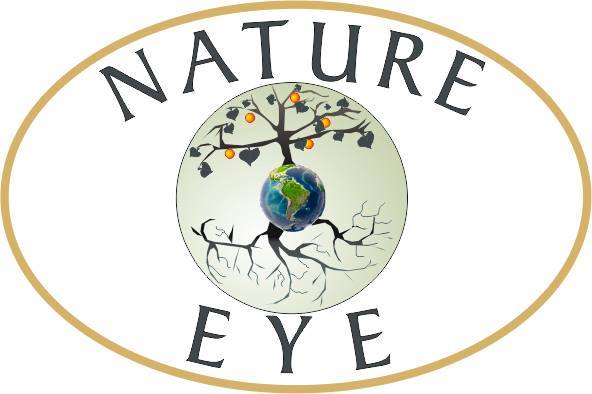
Website: http://strazkyne.wakan.cz/
Dates: 26 June – 5 August 2014
Place: Heroltice, Czech Republic
Description of the activity:
An international youth exchange under the Erasmus+ programme set on 10 days in beautiful nature of the Czech Republic. Everyday we focused on one topic from nature that deserved our attention. During the morning we focused on it more theoretically (more or less, because usually it was by some experiments or practical trying) and in the afternoon we went out to discover such a phenomena in situ (so we experienced, what we have talked about before or simply try to live our morning decisions).
Main aim were leading participants to their responsibility for the nature as an important value, get them to know about their options of help to preserve the nature and environment, personal understanding of responsibility for their surroundings of living and actively taking care of it and at last leading them with examples of eating and healthy life-style with some sport activities to their own change of life caused by this.
We did workshops about mountains, drinking water, biodiversity and also presentation and communication skills. Each was supported by a practical activity, as well as a visit and excursions to the nearest dam and power station. We had a presentation and practical training of rescuing and first aid from mountain-rescuers directly at the highest peak of Praded. And we had sport activities as well such as a horse riding, collective games or for example visiting the ski-acrobat-park. We gathered important information about the European Union and Youth in Action programme, especially about Youthpass, too. Everybody took a chance to choose his or her suitable way of digital presentation during the creating movie, picture slide-show or power-point presentation to use arts to serve the Y.E. purpose as well. Every country prepared a presentation about their national habits, food and other traditions for better understanding our differences and similarities. Participants met a local community during the traditional public event "Setkani na pomezi Cech a Moravy" - they were in charge of helping with a programme for a kids and young people (focused on project’s topic) as well as for digital recording the whole day.
What was the environmental problem:
We did it, because all participating groups were scouts. And as you probably know, scouts belong to the nature. They cherish it, take care of it and worship it as a treasure that gives us shelter, warmth and also food, if we need. So we wanted those young (future) leaders to understand that preserving nature and taking care of it is important and that it is not only separating garbage. That it can be one and million things. And it worth to do at least that small thing that you can do. Because that is what is important. To try and spread those small acts of good that make things change and the World better.
The result of the activity:
Our biggest impact was on those young scout leaders, who on daily basis work voluntarily with kids and other young people at their home scout centres at Croatia, Slovenia and Czech Republic. So they spread all we did, all those inputs, ideas, knowledge, but also approaches and skills among. But not only there. They also prepared presentations for their school classes and other classes, so they motivate also their friends and peers. We had a huge impact during the public event, where came around 150 people and it was a big fuzz around part of it over there. And it all showed up in local medias as TV, newspapers, local radio and online magazines (thanks to it, but not only). We also shared our findings and some methods with other NGOs or youth workers individually.
Project team of BALTA DABA
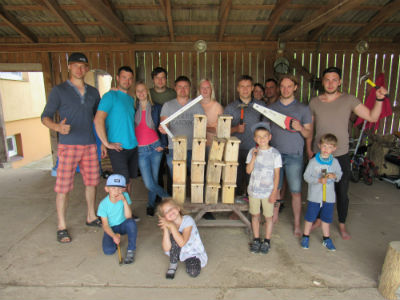
|
Results of local actions - Nesting places for birds What has been achieved? Was the problem solved? During the project we renovated 53 bird houses and constructed 204 new bird houses (for different bird species: European Pied Flycatcher/Ficedula hypoleuca, Great Tit/Parus major, Tawny Owl/Strix aluco, Ural Owl/Strix uralensis, Eurasian Pygmy-owl/Glaucidium Passerinum and others). All activities were organised with involvement of children and young people who took part in creation of those bird houses in order to get knowledge about birds protection. Will you work on it more? How will you follow-up on the problem? It is very important not just to create new bird houses year by year but even more valuable is to control and maintain the existing ones in order to provide safe nesting obstacles for birds. That is why it is our obligation to take care about bird houses we created and birds that are using them. We have long term plans for monitoring nesting success in our project sites and continue our activities in future. Results of local actions - Biodiversity documentation in Jaunpiebalga and Gulbene municipality What has been achieved? Was the problem solved? During the project we organised activities for young people in order to collect data about biodiversity in Jaunpiebalga and Gulbene municipality. Collected data (4128 entries) were uploaded in national level biodiversity data platform: www.dabasdati.lv. Based on our discoveries postcards with different species were created in order to promote our project and biodiversity of our municipality. Will you work on it more? How will you follow-up on the problem? During our activities we have documented a lot of nature values (noble trees, rare and protected species). Collected data will be submitted to responsible authorities in order to ensure proper protection measures. We will organize regular outdoor activities and continue our discoveries in nature. |
Nesting places for birds
What is the issue: Lack of old trees where birds can nest. Holes in trees for certain bird species are places for reproducing. Creation of artificial nesting places provide ability for birds to reproduce in places where natural conditions are not good enough. Other problem is maintenance of birdhouses. Many birdhouses are built but are not safe anymore. We need to check them and renew if necessary in order to make those birdhouses effective for longer period.
What should be done:
1) Identification of concrete bird species which need help.
2) Identification of existing birdhouses and restoration.
3) Building birdhouses and placing them in appropriate places.
4) Monitoring and maintaining those places.
Expected results:
1) Renovated birdhouses (50);
2) Constructed new birdhouses (200).
Biodiversity documentation in Jaunpiebalga municipality
What is the issue: During spatial planning procedures we found out that there is not available information about biodiversity in our municipality. We have many nature values to be proud of but they are not documented. If they are not documented, we can not protect them. More and more forests are cut and agricultural land are ploughed. If we know most valuable places - we can protect them.
What should be done:
1) Regular field visits to document biodiversity.
2) Submission of data to dabasdati.lv.
3) Involvement of local community in biodiversity documentation.
4) Searching for protected bird nests and proposals of micro reserves (if needed).
5) Submission of data to local municipality.
Expected results:
1) Collected data (at least 3000 entries) are submitted to dabasdati.lv.
2) Local young people are involved in data collection (at least 15 young people).
Funder:

Project team of the Estonian Fund for Nature
|
Results of local actions What has been achieved? Was the problem solved? With our work group we managed to remove several beaver damn in the river which is the last habitat of Freshwater pearl mussel. With that action we increased river flow speed, increased river oxygen supply and decreased temperature. More than 100 flow barriers both small and big were identified and map was produced to local environmental board. Bog restoration - 8 peat dams were built in Soosaare bog located in central Estonia. As a result, water table level increased in drained peatland and therefore we assume that if the damns will hold the water this drained peatland will start carbon sequestration and peat accumulation. Will you work on it more? How will you follow-up on the problem? We plan to have annual expedition to verify whether new flow barriers have occurred or new beaver damns are made. We have collaboration with local hunters who will control the abundance of beavers. Local landowner pay more attention to situation in the river. The effectiveness of peat dams will be checked on spring and autumn to assure that they are all good. In case some damns are collapsed we will rebuild them. |
Freshhwater pearl mussel near extinction
What is the issue: Freshwater pearl mussel (Margaritifera margaritifera) is one of the most endangered species in Estonia and also in the Europe. In Estonia, there is only one small river where there are still suitable habitats for mussels. Freshwater pearl mussel will need clean and cold water with high oxygen concentration and river bottom should be covered with sand. Due to the specific life cycle, mussels need salmons for breeding. Mussel's life cycle starts as a small larva and it needs to be attached to a host (salmon). After larva grows, it releases itself from salmon and starts its life as a small juvenile mussel. However, most of the juvenile mussels will die due to bad water parameters because sediments from drainage systems will cover small mussels in the bottom of the river and without oxygen they will die. Hence, the youngest mussels in river are approximately 50 years old. To help young juveniles to survive we need to reduce nutrient and sediment input to the river, especially areas, which are best preserved.
What should be done: 1. Creating sedimentation damns for ditches entering to the river. 2. Removing beaver dams, fallen trees and other flow barriers. 3. Closing drainage ditches entering to the river (especially from forests and agricultural land). 4. Cleaning river shores from fallen trees, bushes etc. 5. Restoring river streambed.
Expected results: By removing beaver damns we also increase the flow rate and oxygen concentration in the water. Beaver damns are also important barriers, which prevent salmons to swim in different sections of the river. If salmons cannot access the areas inhabited by mussels it is impossible for mussels to reproduce. By closing drainage ditches entering to the river we prevent nutrients and sediments to enter to the river and therefore we help juvenile mussels to survive. Restoring riverbeds with stones can also increase the oxygen concentration and provide decent areas for salmons to breed. The effectiveness of the previously listed measures can be evaluated analysing water physical- and chemical parameters (e.g. pH, turbidity, O2 concentration, electrical conductivity, flow rate) and the concentration of nitrogen, phosphorus and organic compounds. Presumably we can see instant effect by removing beaver damns to the O2 concentration, flow rate and turbidity.
Funder:


As part of the project each partner chose several local environmental issues and organised local actions to solve them. You can read about concrete issues and actions of each partner by following the link to their page.



